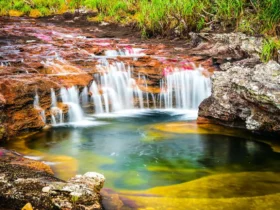Great Smoky Mountains National Park is a renowned national park located on the border of Tennessee and North Carolina in the southeastern United States.
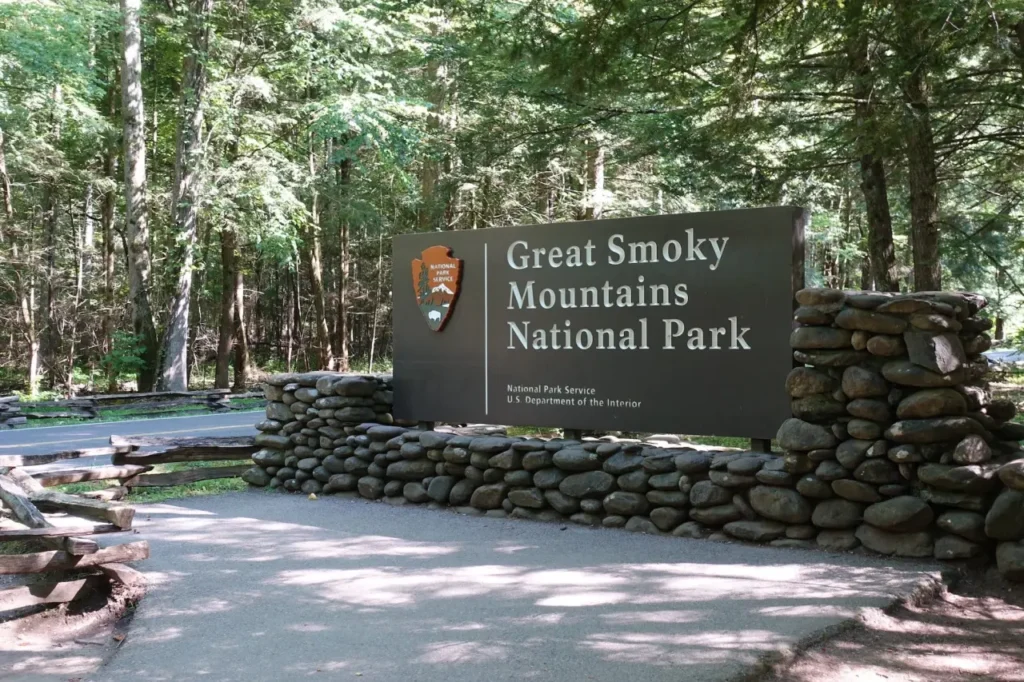
Great Smoky Mountains National Park covers an area of approximately 522,427 acres (210,823 hectares). It straddles the ridgeline of the Great Smoky Mountains, a subrange of the Appalachian Mountains. The park is easily accessible and lies within a day’s drive of major cities such as Atlanta, Charlotte, and Nashville.
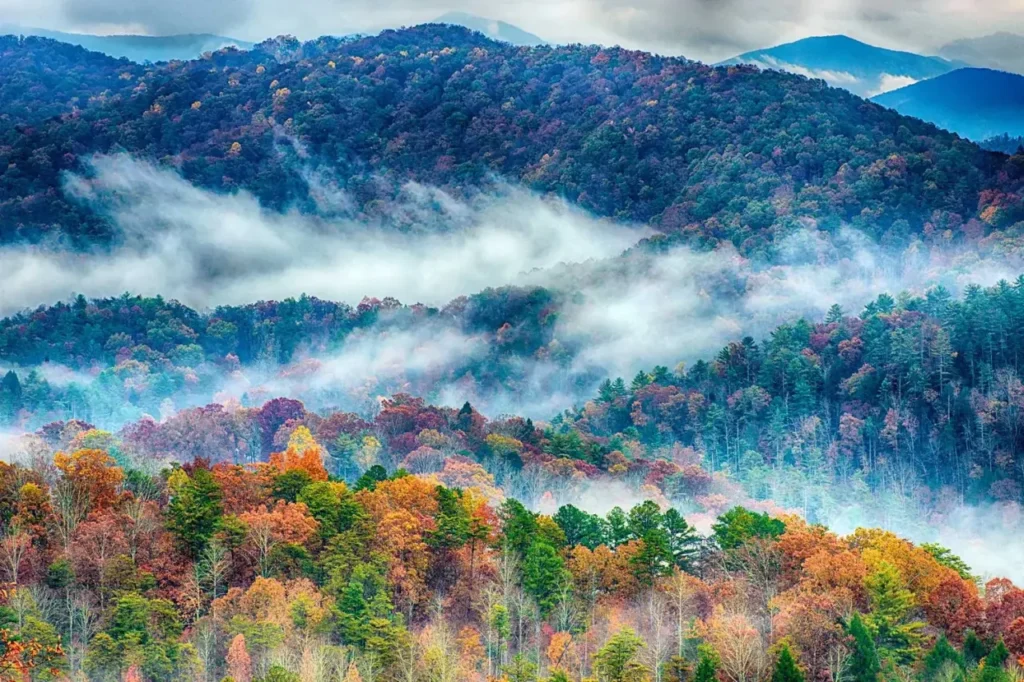
The national park is known for its exceptional biodiversity. It is recognized as one of the most ecologically diverse regions in North America, hosting a wide array of plant and animal species. It is home to over 1,600 species of flowering plants, including more than 100 species of native trees. Wildlife sightings may include black bears, white-tailed deer, elk, wild turkeys, and a variety of birds and amphibians.
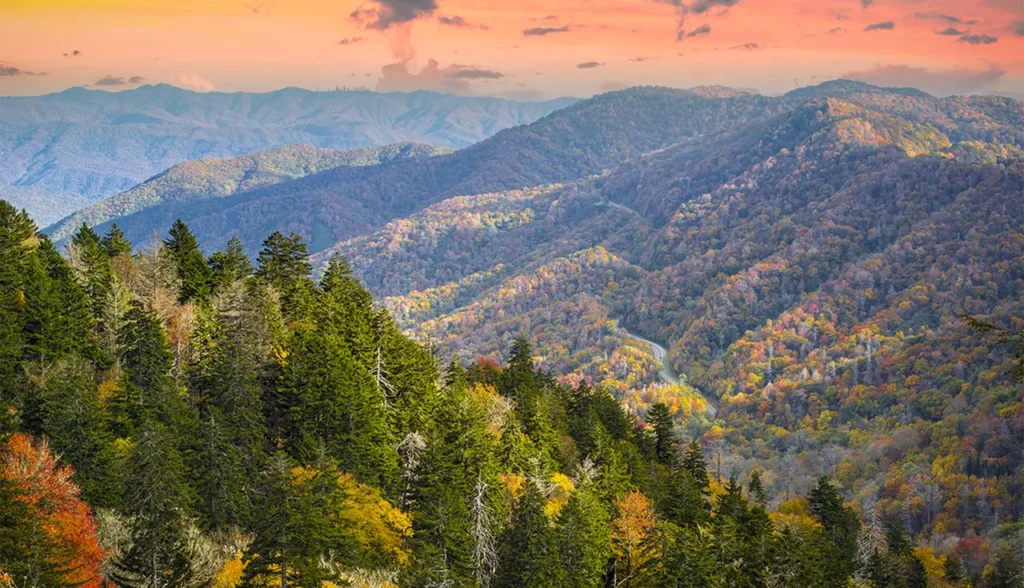
The park’s landscape is characterized by lush forests, cascading waterfalls, meandering rivers, and scenic mountain vistas. The Great Smoky Mountains, with peaks exceeding 6,000 feet (1,828 meters), provide a stunning backdrop. The park is particularly famous for its misty haze that often envelops the mountains, creating an ethereal and scenic atmosphere.
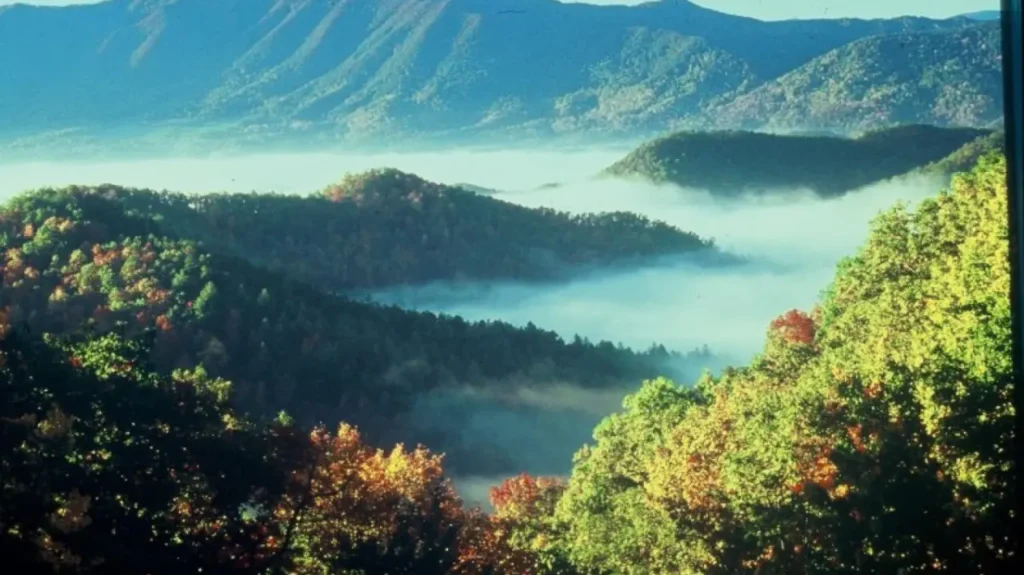
It’s worth noting that Great Smoky Mountains National Park is a UNESCO World Heritage Site and attracts millions of visitors each year, making it one of the most visited national parks in the United States. The park offers a unique blend of natural beauty, cultural history, and outdoor recreation, making it a beloved destination for nature enthusiasts, hikers, and photographers alike.
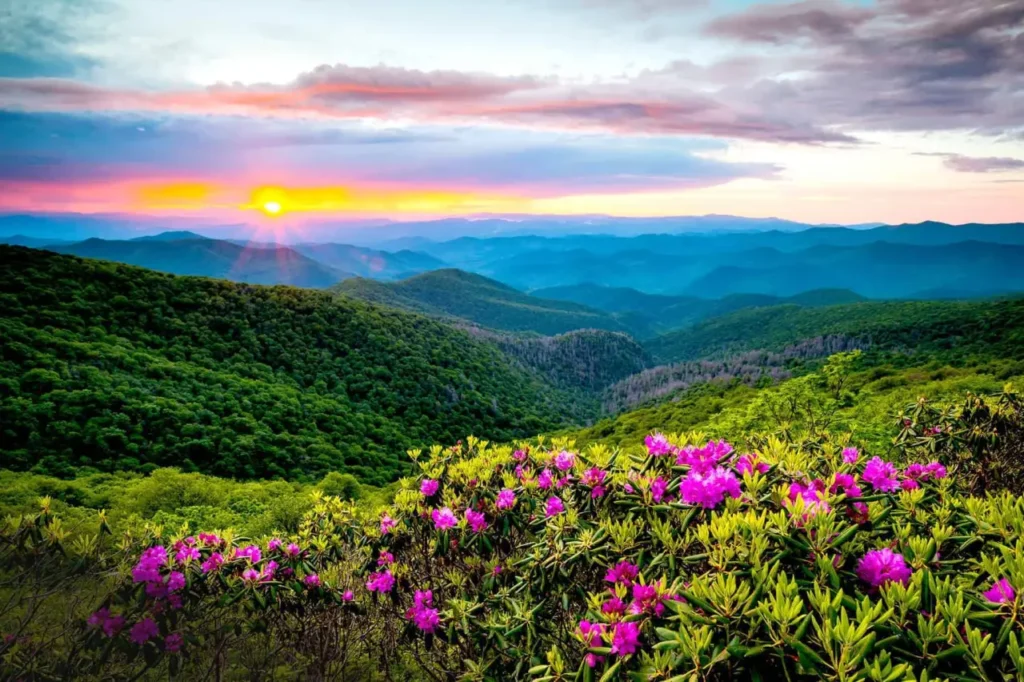
Some highlights at Great Smoky Mountains National Park
Great Smoky Mountains National Park offers several highlights and must-see attractions that you shouldn’t miss during your visit. Here are some of the park’s notable highlights
1. Clingmans Dome
Standing at an elevation of 6,643 feet (2,025 meters), Clingmans Dome is the highest point in the park and offers stunning panoramic views of the surrounding mountains. A steep half-mile paved trail leads to an observation tower where you can enjoy breathtaking vistas on clear days.
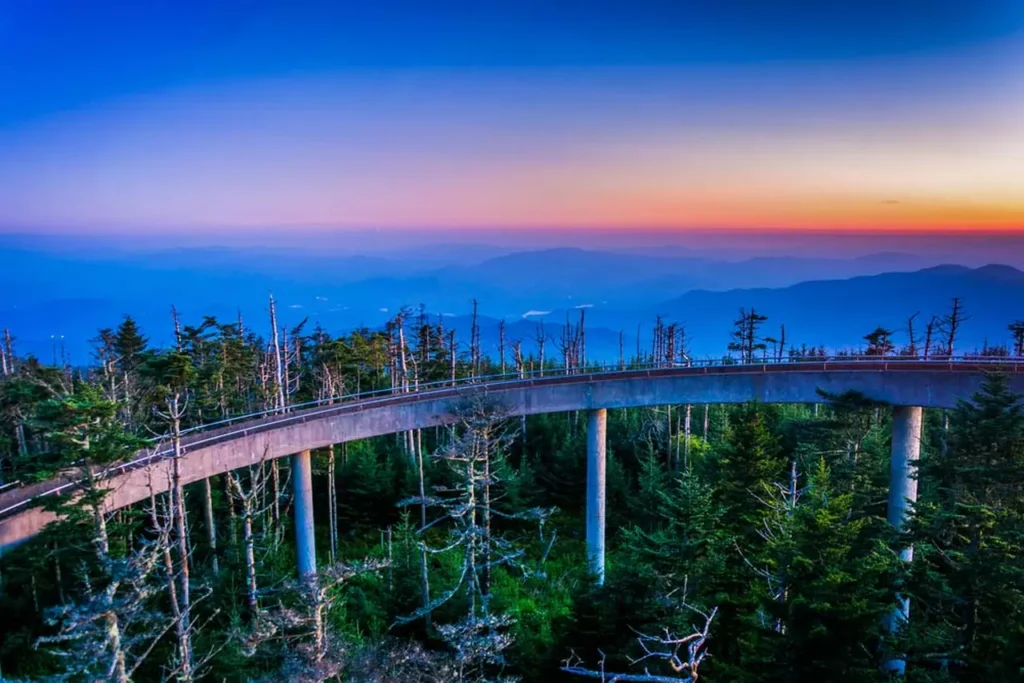
2. Cades Cove
Cades Cove is a picturesque valley that provides a glimpse into the region’s history and cultural heritage. It features an 11-mile (17.7-kilometer) scenic loop road that takes you through rolling meadows, past historic buildings, and offers opportunities for wildlife viewing. Keep an eye out for deer, bears, and other wildlife.
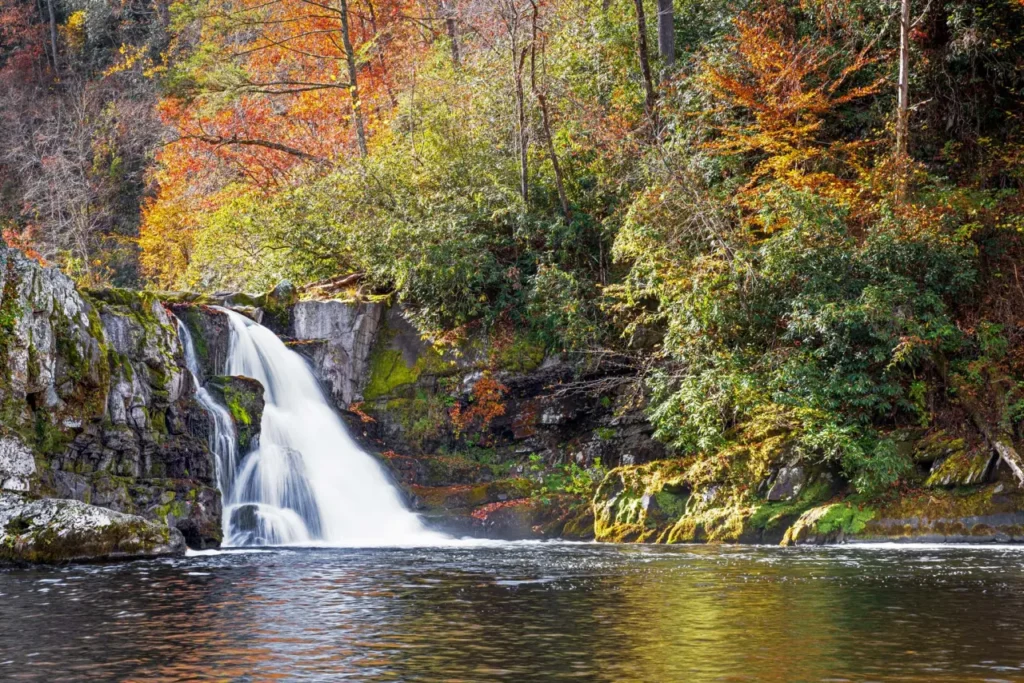
3. Roaring Fork Motor Nature Trail
This narrow, winding road offers a scenic drive through dense forests and alongside rushing mountain streams. The 5.5-mile (8.8-kilometer) one-way loop takes you past historic cabins, waterfalls, and offers access to popular hiking trails such as Grotto Falls.
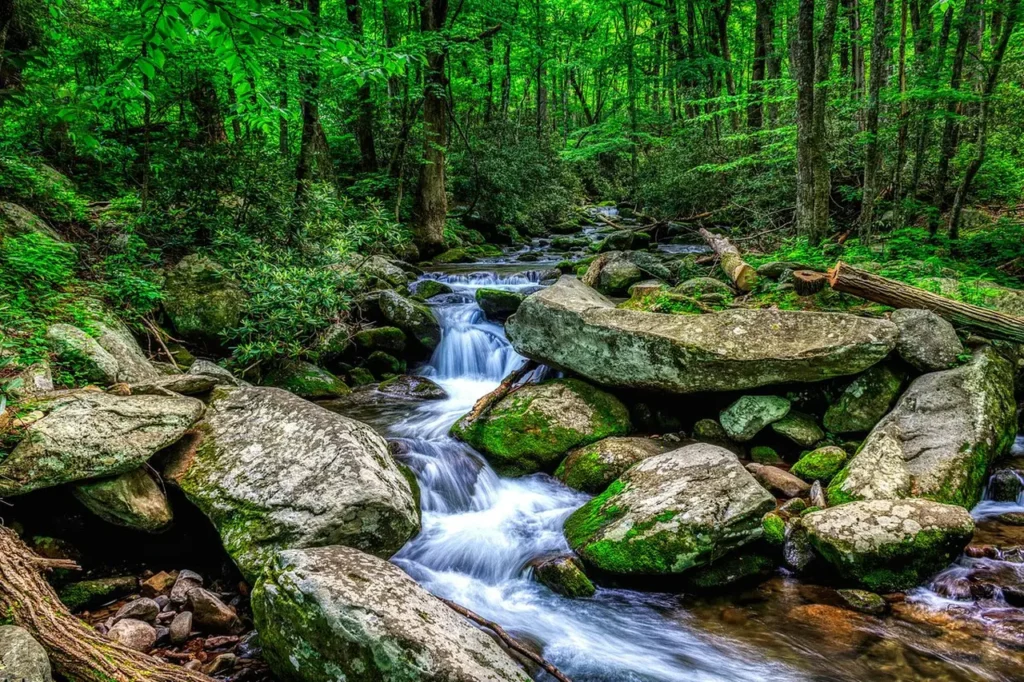
4. Newfound Gap Road
U.S. Route 441, also known as Newfound Gap Road, is a scenic drive that crosses the park from Tennessee to North Carolina. It offers breathtaking vistas, including the Newfound Gap overlook, where you can stand on the state line between the two states.
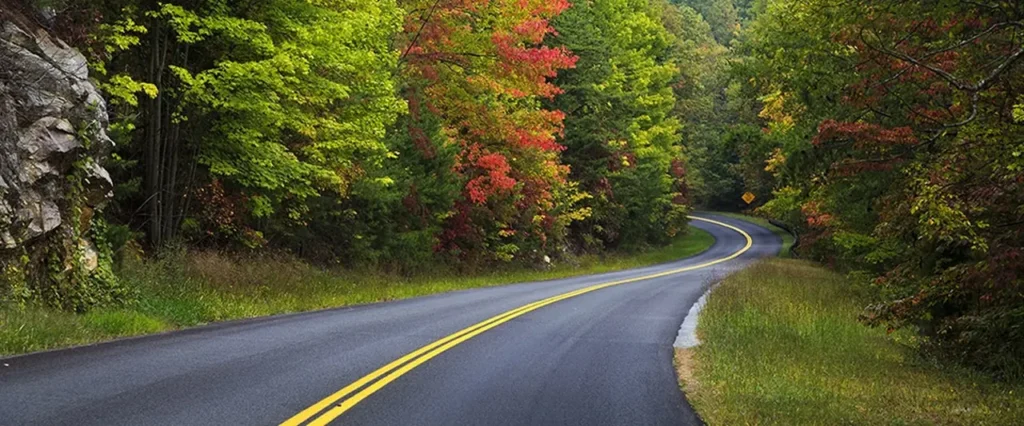
5. Laurel Falls
A popular and easily accessible hike, Laurel Falls Trail leads to a beautiful 80-foot (24-meter) waterfall. The trail is paved and approximately 2.6 miles (4.2 kilometers) round trip, making it suitable for most visitors.
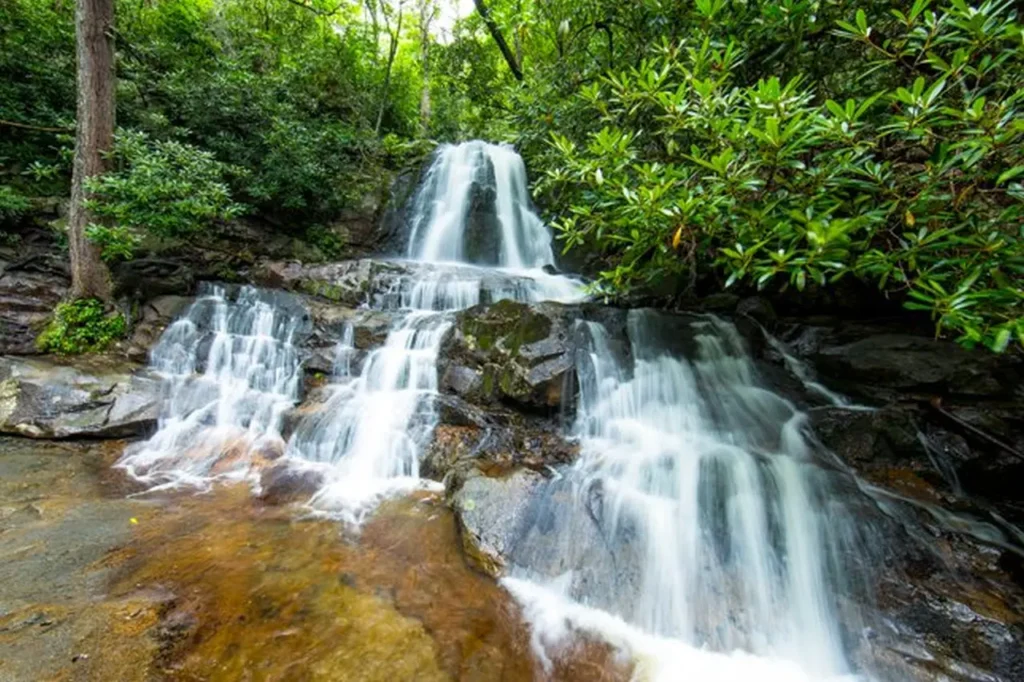
6. Abrams Falls
Located in Cades Cove, Abrams Falls is one of the park’s most impressive waterfalls. The 5-mile (8-kilometer) round-trip hike takes you through scenic forested areas before reaching the 20-foot (6-meter) waterfall and its refreshing pool.
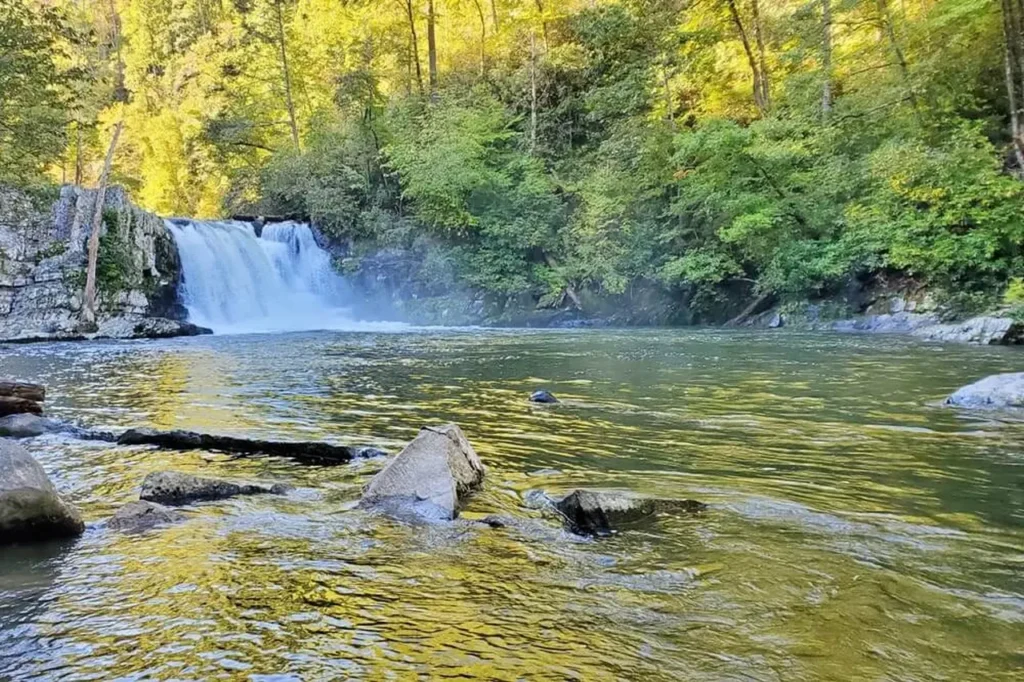
7. Cataloochee Valley
Cataloochee Valley is a remote and tranquil area within the park known for its historic buildings and abundant wildlife. Here, you can see historic structures, including a schoolhouse and churches, as well as observe elk grazing in the meadows.
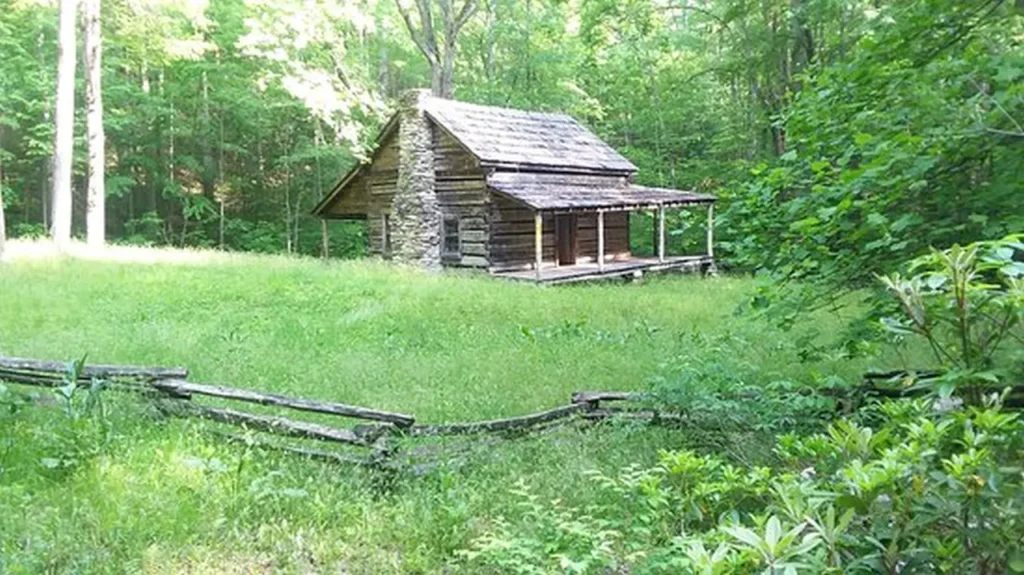
8. Ramsey Cascades
For more experienced hikers, the Ramsey Cascades Trail is a challenging but rewarding adventure. This 8-mile (12.9-kilometer) round-trip hike takes you to the park’s tallest waterfall, a magnificent 100-foot (30-meter) cascade.
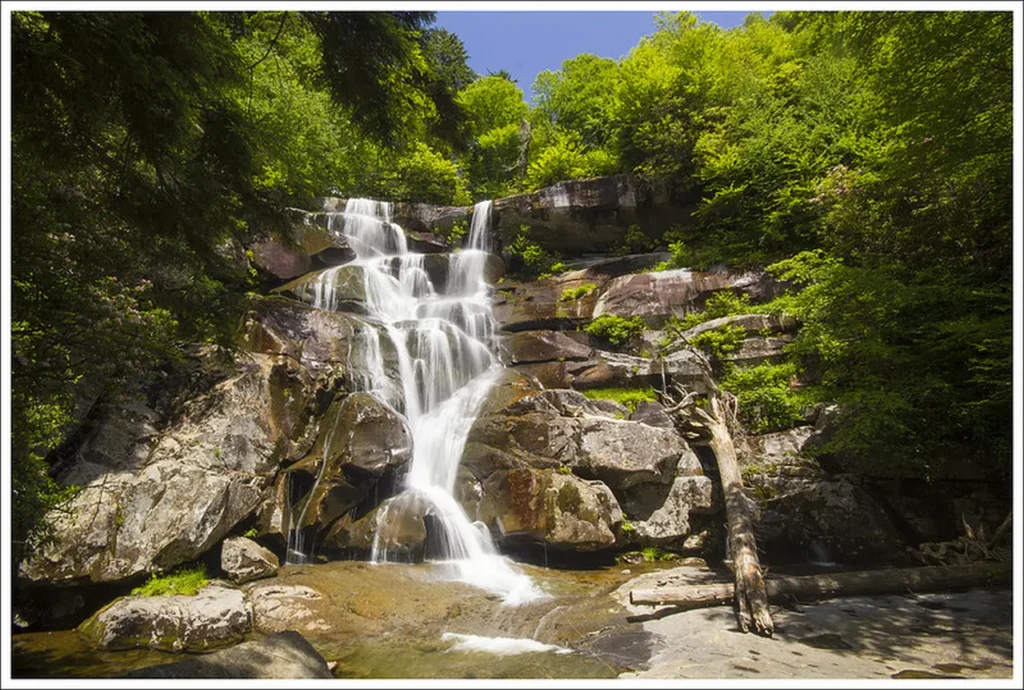
9. Historic Buildings
Throughout the park, you’ll find well-preserved historic buildings that offer a glimpse into the region’s past. Explore the preserved homesteads, churches, and mills at places like Cades Cove, Cataloochee, and the Mountain Farm Museum near the Oconaluftee Visitor Center.
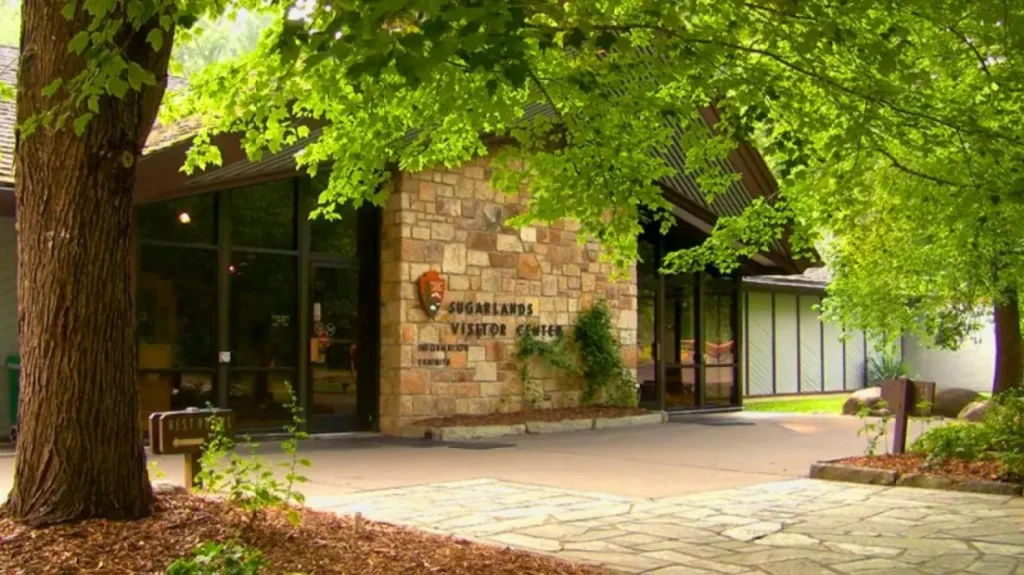
10. Fall Foliage
Great Smoky Mountains National Park is renowned for its vibrant fall colors. In late September through early November, the park’s forests transform into a stunning display of red, orange, and yellow foliage. The best viewing spots include Clingmans Dome, Newfound Gap, and various scenic drives and trails.

11. Mountain Farm Museum
Located near the Oconaluftee Visitor Center, the Mountain Farm Museum is an open-air museum that showcases historic log cabins, barns, and other structures from the region’s pioneer era. It provides insights into the early Appalachian settlers’ way of life.
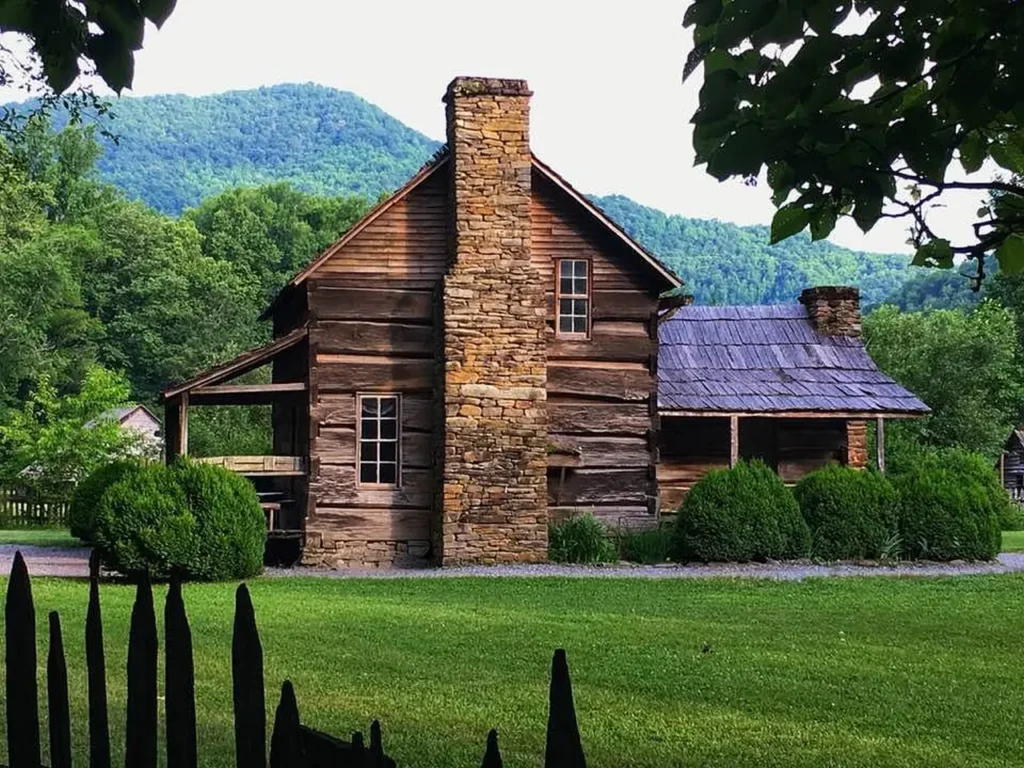
12. Mingus Mill
Visit Mingus Mill, a working gristmill located in Oconaluftee Valley. Built in 1886, the mill demonstrates how early settlers processed corn into cornmeal and flour. You can explore the mill and learn about the milling process.
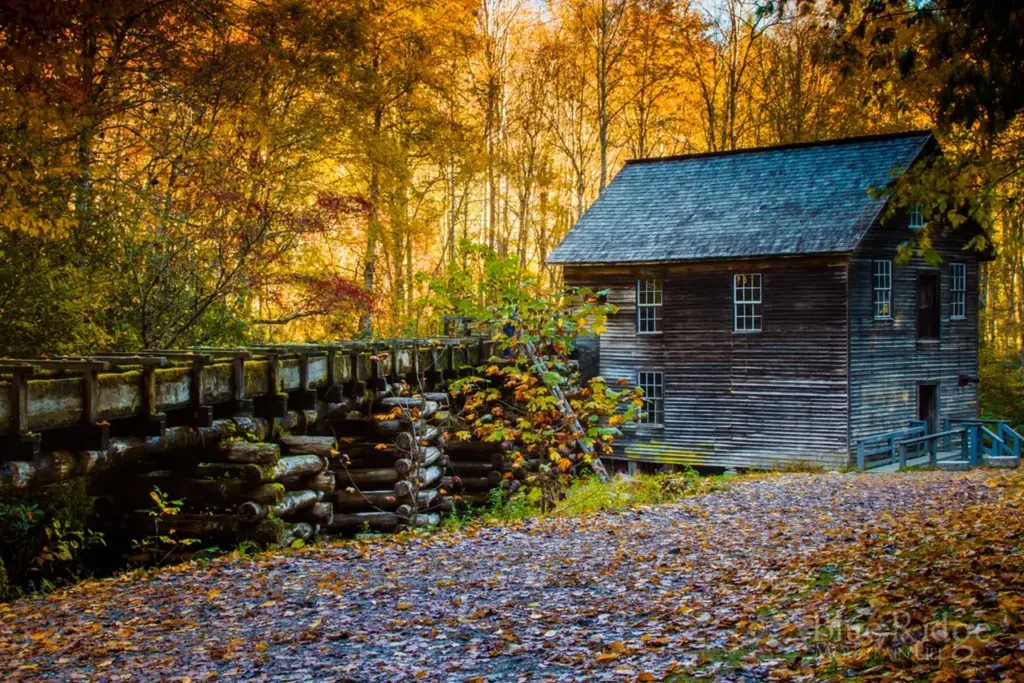
13. Rainbow Falls
Located along the Roaring Fork Motor Nature Trail, Rainbow Falls is a majestic waterfall that drops approximately 80 feet (24 meters). The 5.4-mile (8.7-kilometer) round-trip hike to the falls offers beautiful forest scenery along the way.
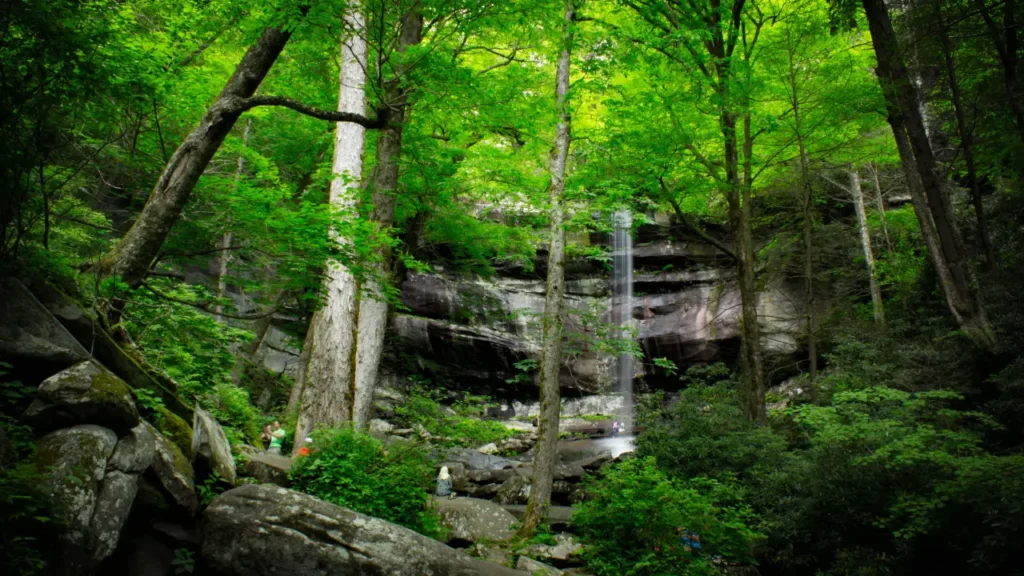
14. Chimney Tops
Chimney Tops is a popular rock formation and hiking destination within the park. The trail to Chimney Tops is a challenging 4-mile (6.4-kilometer) round-trip hike that rewards hikers with panoramic views of the surrounding mountains.
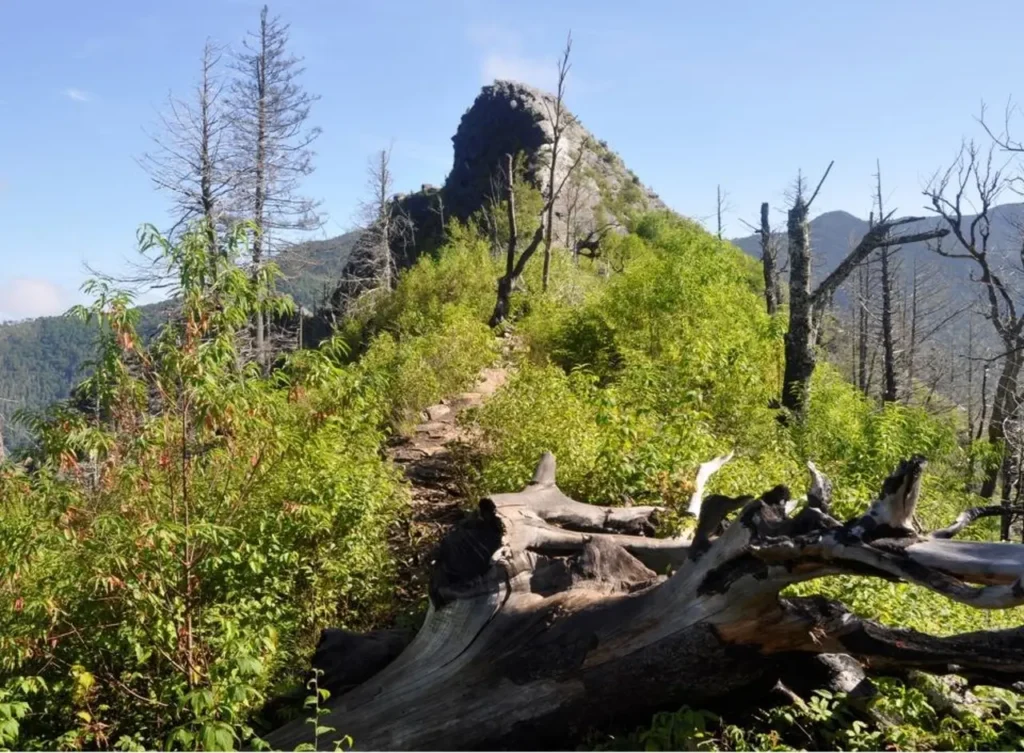
15. Oconaluftee Visitor Center
Situated near Cherokee, North Carolina, the Oconaluftee Visitor Center serves as a gateway to the park and offers exhibits on the area’s cultural and natural history. It’s a great place to gather information, ask questions, and learn about the park’s resources.
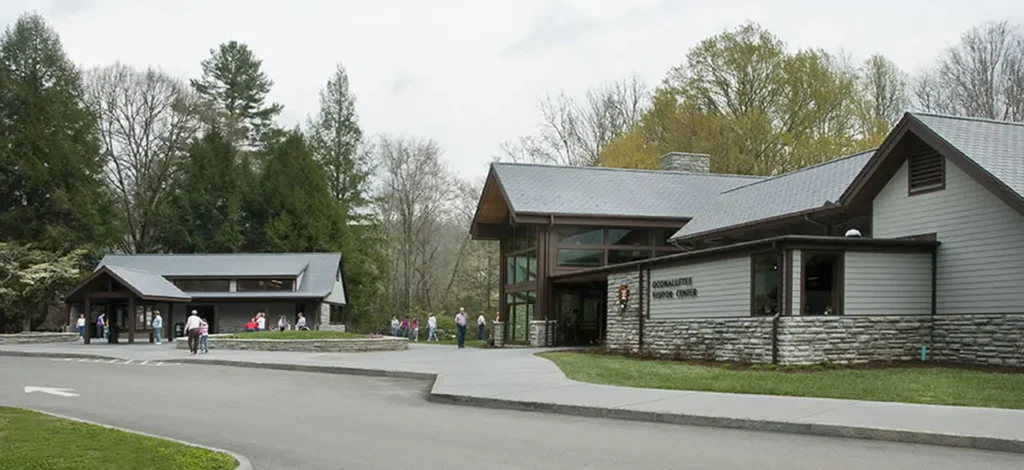
16. Little River Road
This scenic road follows the course of the Little River and offers beautiful views of cascading waterfalls, including Meigs Falls and The Sinks. It’s an excellent option for a leisurely drive or a picnic by the river.
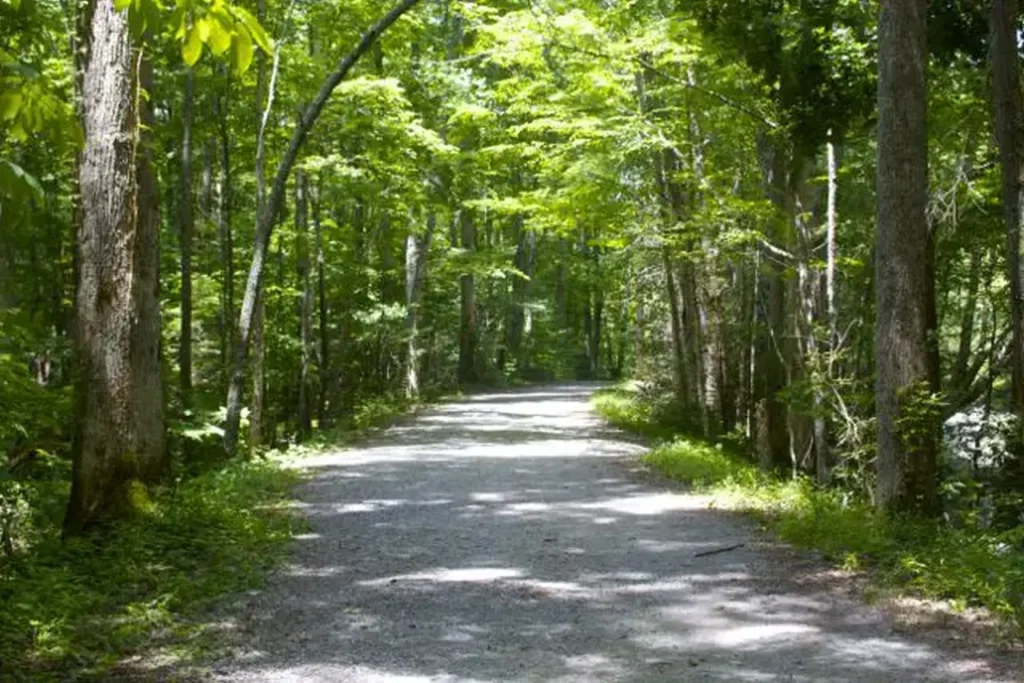
17. Andrews Bald
For a relatively moderate hike, consider Andrews Bald. This 3.6-mile (5.8-kilometer) round-trip trail leads to a grassy bald with panoramic views of the surrounding mountains and valleys. In the spring, the area is adorned with blooming wildflowers.
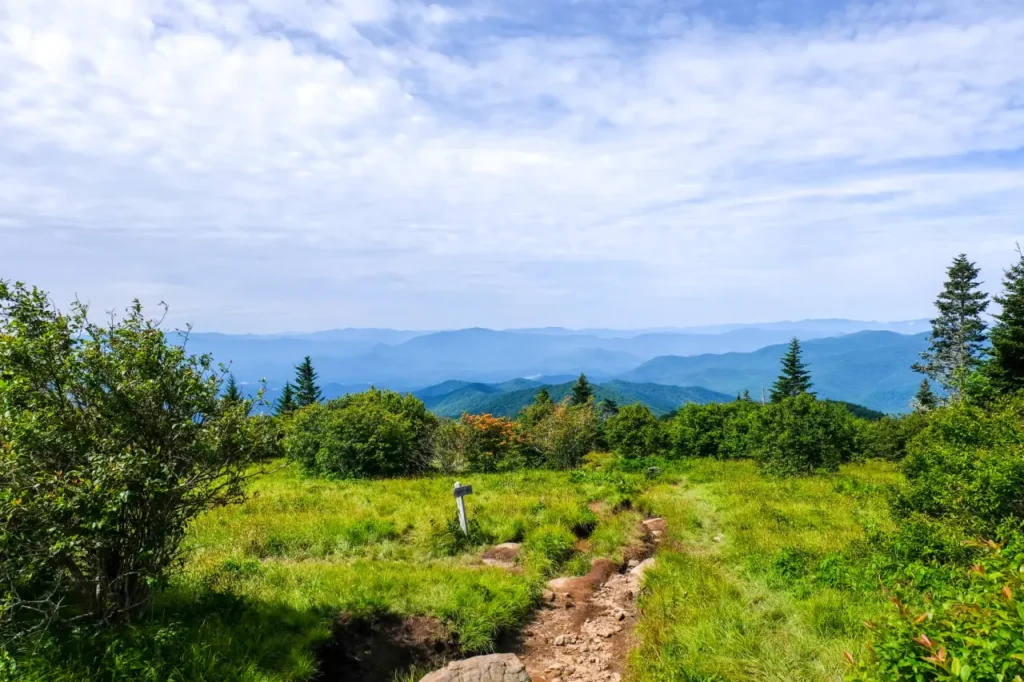
18. Twin Creeks
Twin Creeks is a historic area within the park that offers opportunities for picnicking and exploring. The Twin Creeks Science and Education Center showcases the park’s commitment to research and conservation.
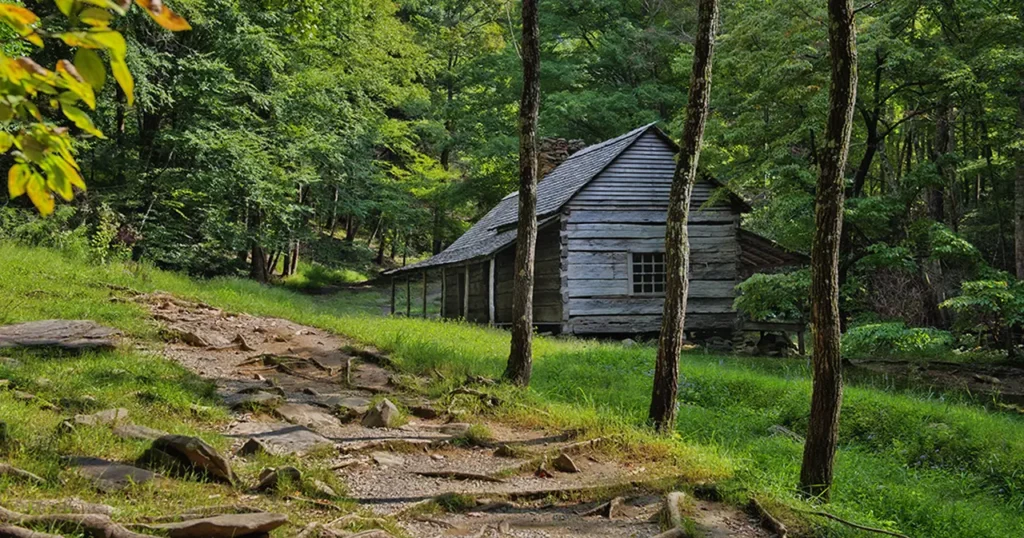
19. Appalachian Trail
Great Smoky Mountains National Park hosts a significant portion of the Appalachian Trail, a legendary long-distance hiking trail that spans over 2,190 miles (3,524 kilometers) from Georgia to Maine. You can hike a section of the trail within the park and experience the renowned footpath.
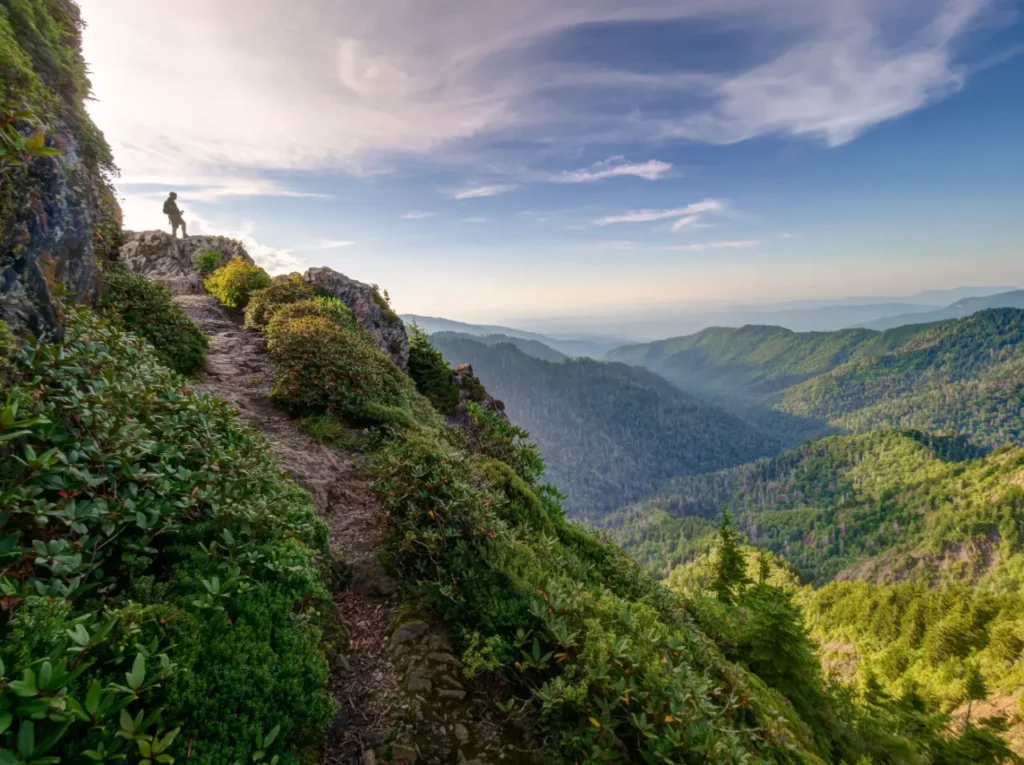
20. Sevierville
Sevierville is nestled in the eastern part of Tennessee, approximately 39 miles southeast of Knoxville. It serves as a gateway to the Great Smoky Mountains National Park.
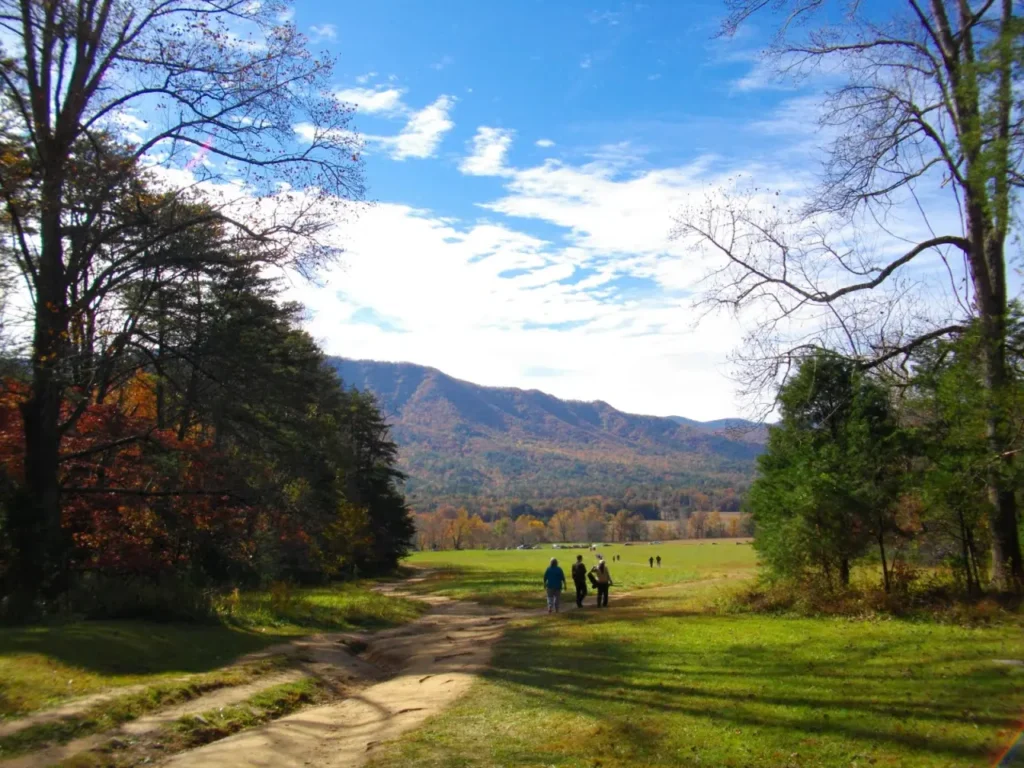
21. Gatlinburg
Gatlinburg is nestled in the heart of the Great Smoky Mountains and is known for its natural beauty, outdoor activities, and attractions.
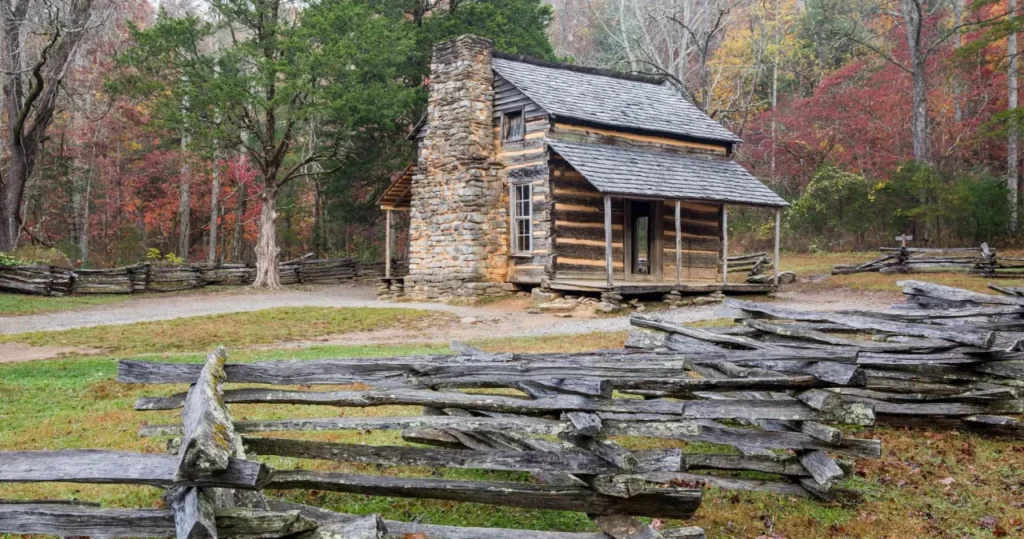
22. Pigeon Forge
Pigeon Forge is situated in the foothills of the Great Smoky Mountains and is renowned for its family-friendly attractions, live entertainment, and natural beauty.
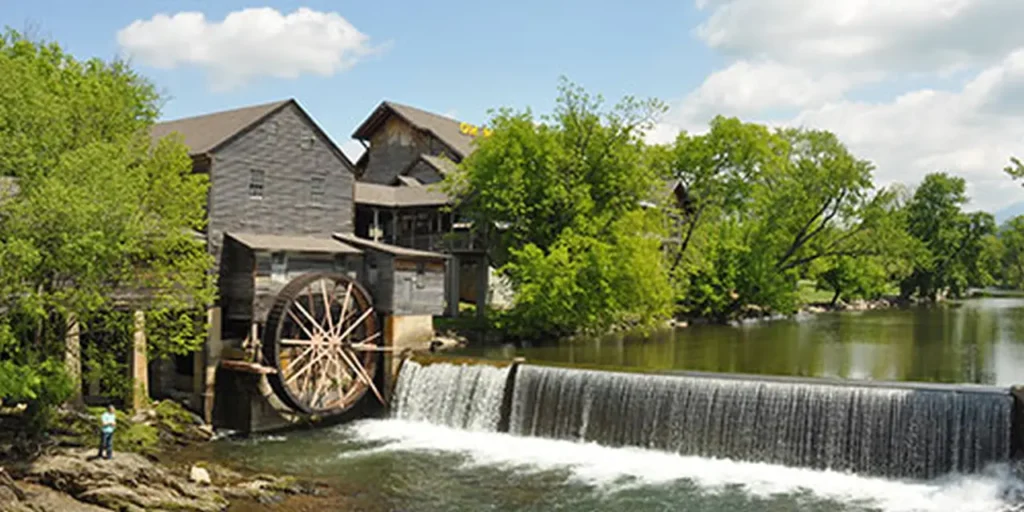
23. Highlands
Located just outside the Smoky Mountains, Highlands is known for its stunning natural beauty, cool mountain climate, and outdoor recreational opportunities. The area is home to a network of hiking trails that cater to various skill levels. Trails like Whiteside Mountain, Glen Falls, and Dry Falls,…
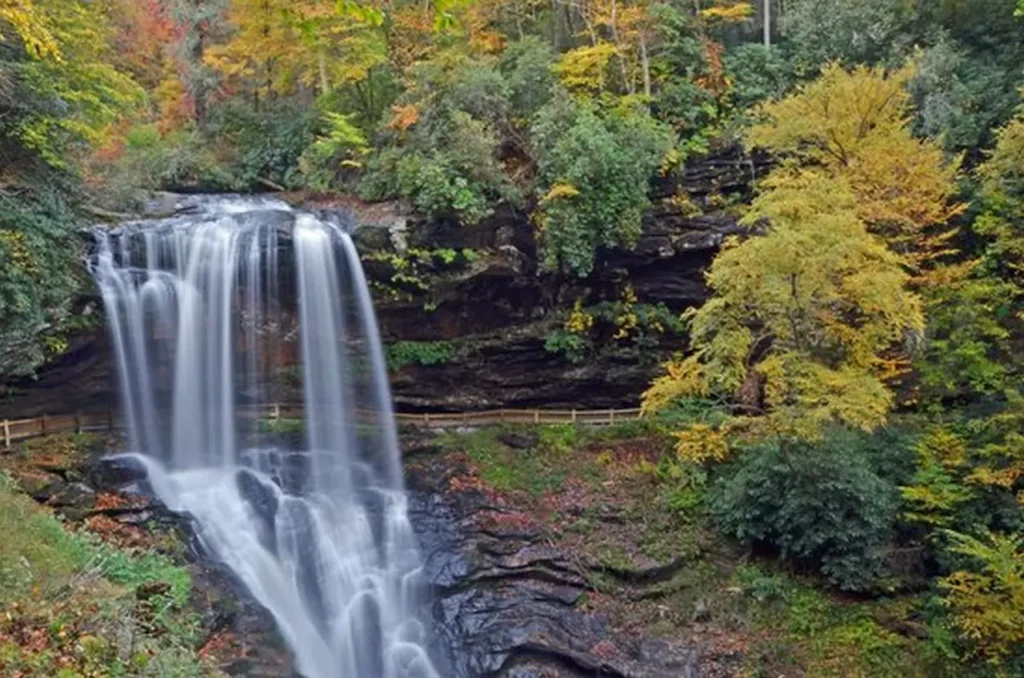
24. Waynesville
Situated in the western part of the state, Waynesville is known for its scenic beauty, historic downtown, and proximity to the Great Smoky Mountains.
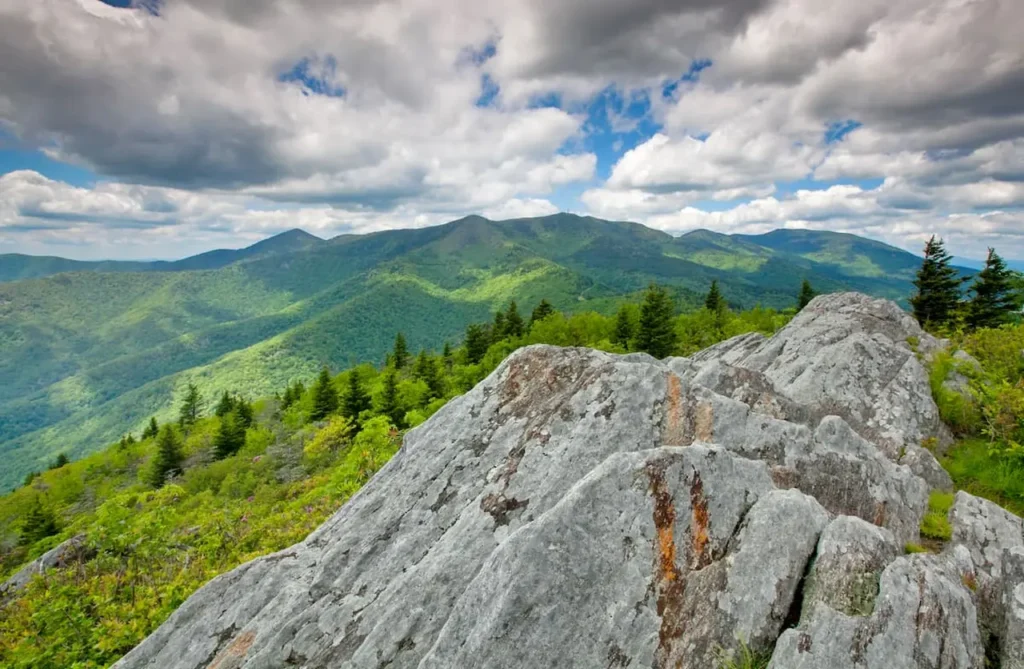
25. Black Mountain
Black Mountain is surrounded by the scenic beauty of the Blue Ridge Mountains, offering stunning views and a peaceful mountain atmosphere.
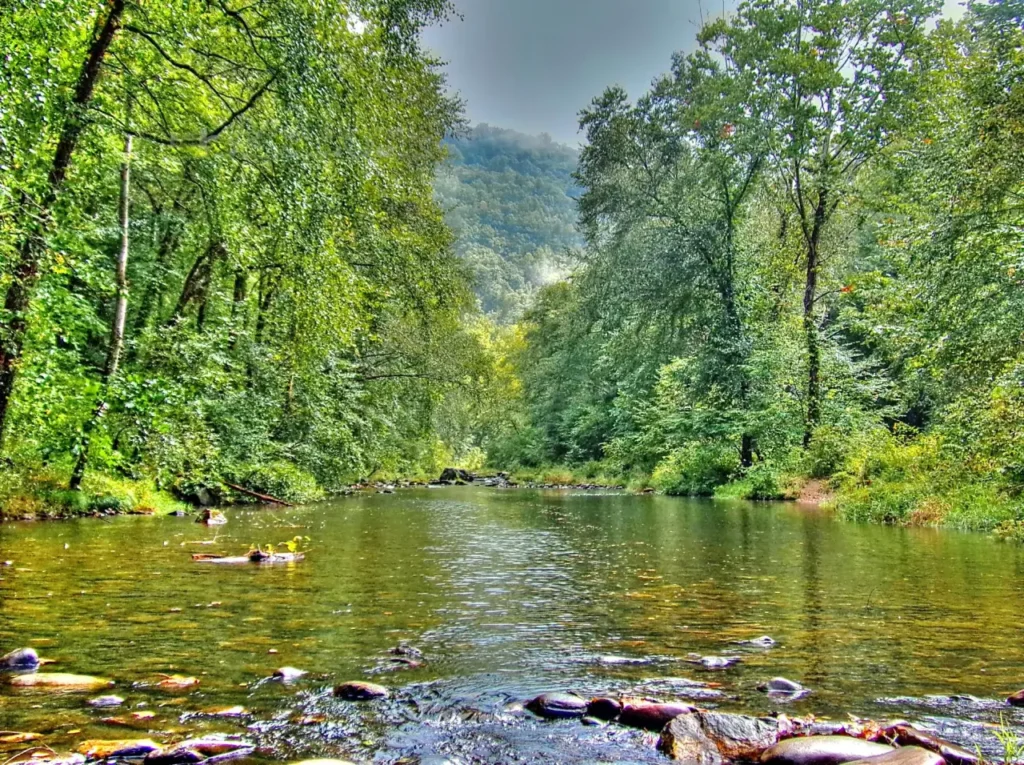
These highlights provide even more opportunities to explore the natural beauty, cultural heritage, and recreational activities available within Great Smoky Mountains National Park. Remember to check with park rangers for any trail updates or closures, especially during inclement weather or seasonal changes.
Some activities in Great Smoky Mountains National Park
When visiting Great Smoky Mountains National Park, there are various activities and experiences you can enjoy. Here are some popular things to do in the park
Hiking
The park offers an extensive network of hiking trails, ranging from short walks to challenging hikes. You can explore scenic trails that lead to waterfalls, viewpoints, and historic sites. Some well-known hikes include Laurel Falls, Chimney Tops, and Abrams Falls.
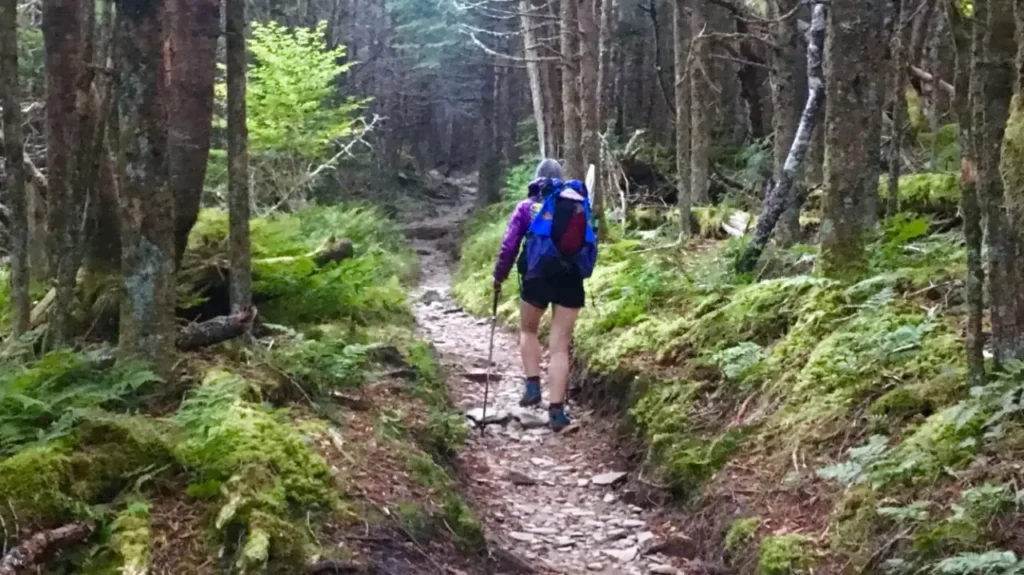
Wildlife Viewing
Great Smoky Mountains National Park is home to a diverse range of wildlife. Keep an eye out for black bears, deer, elk, wild turkeys, and a variety of bird species. Early morning and late evening tend to be the best times for wildlife sightings.
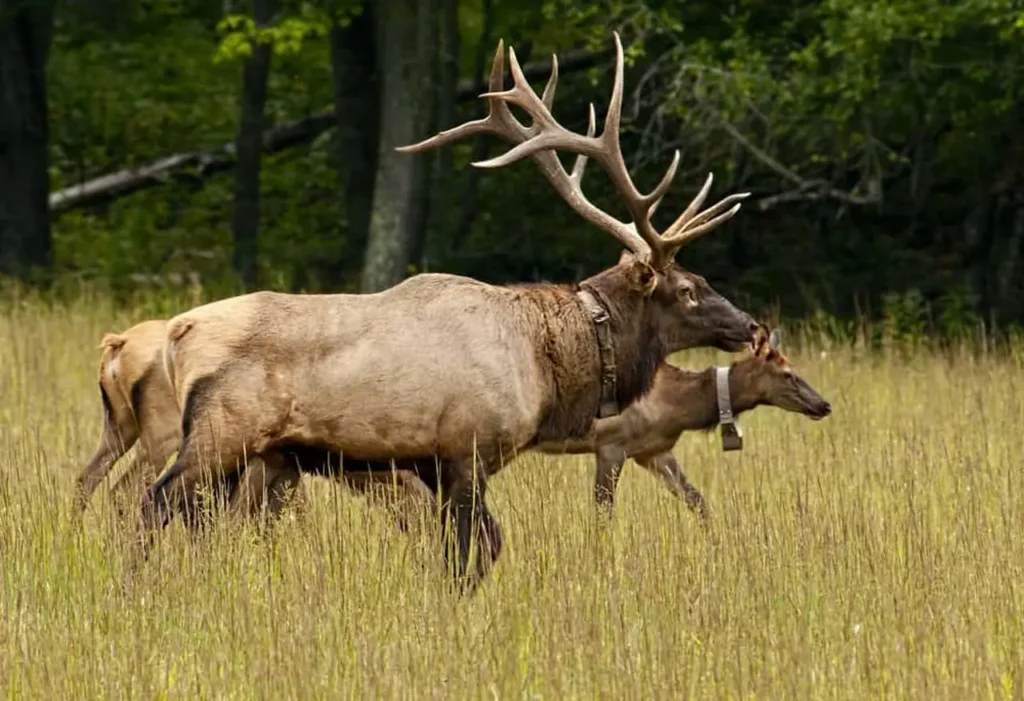

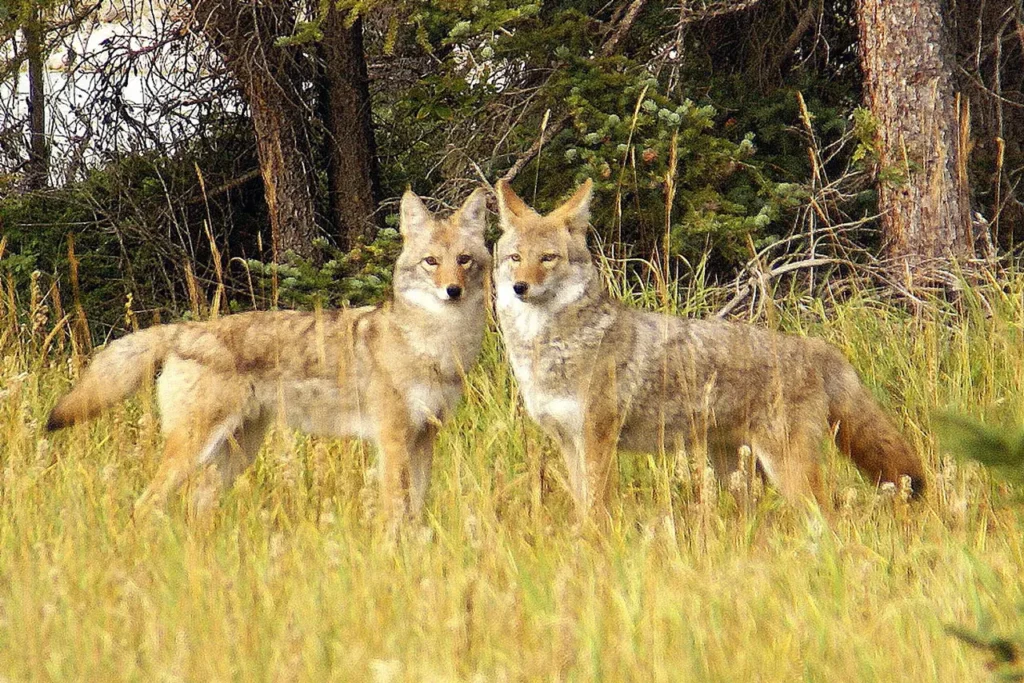
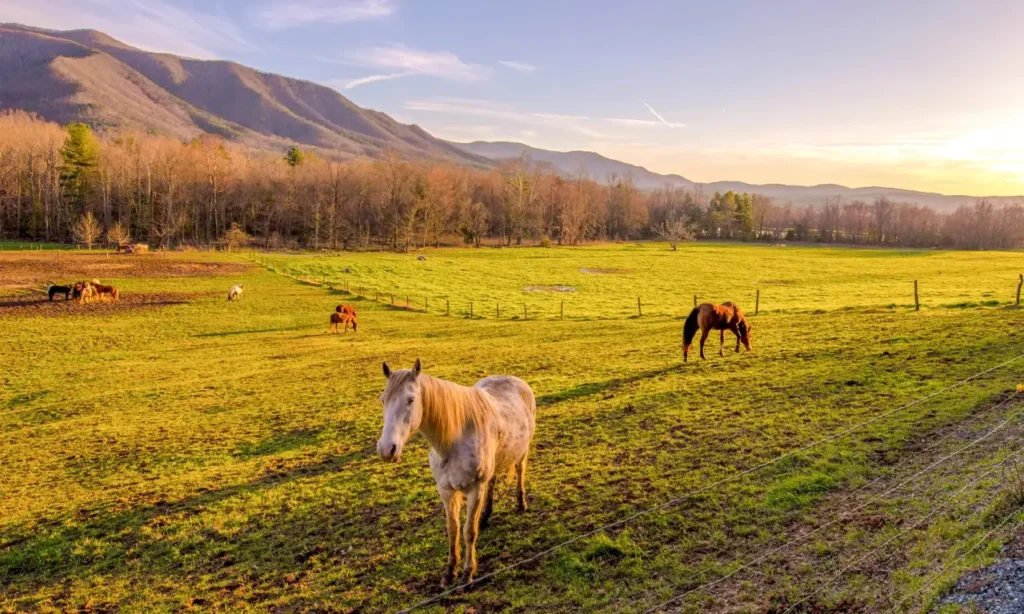
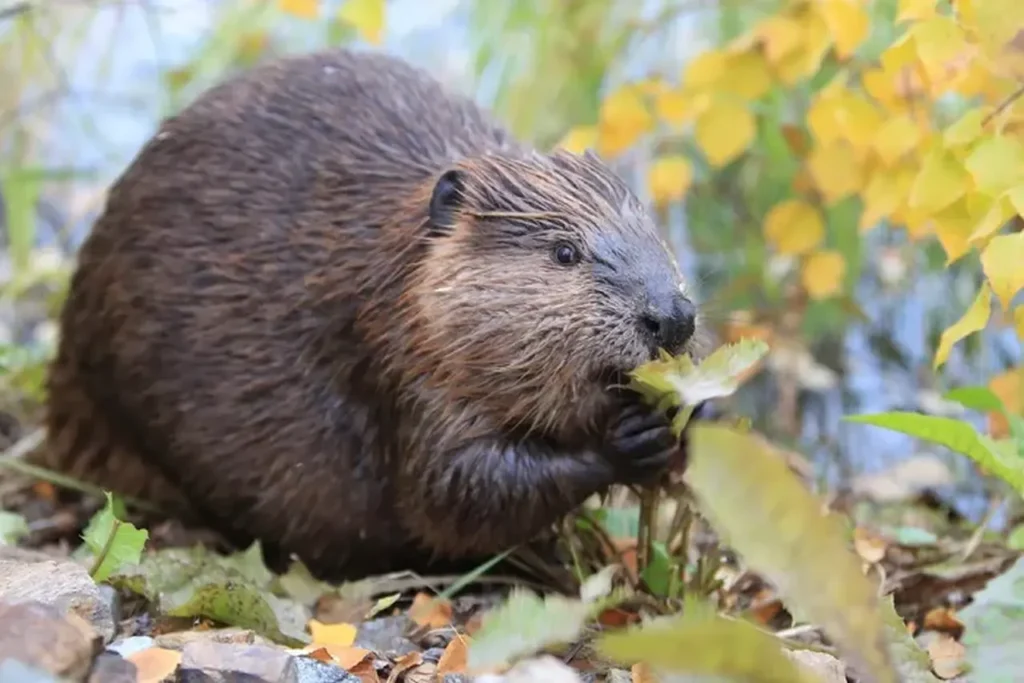
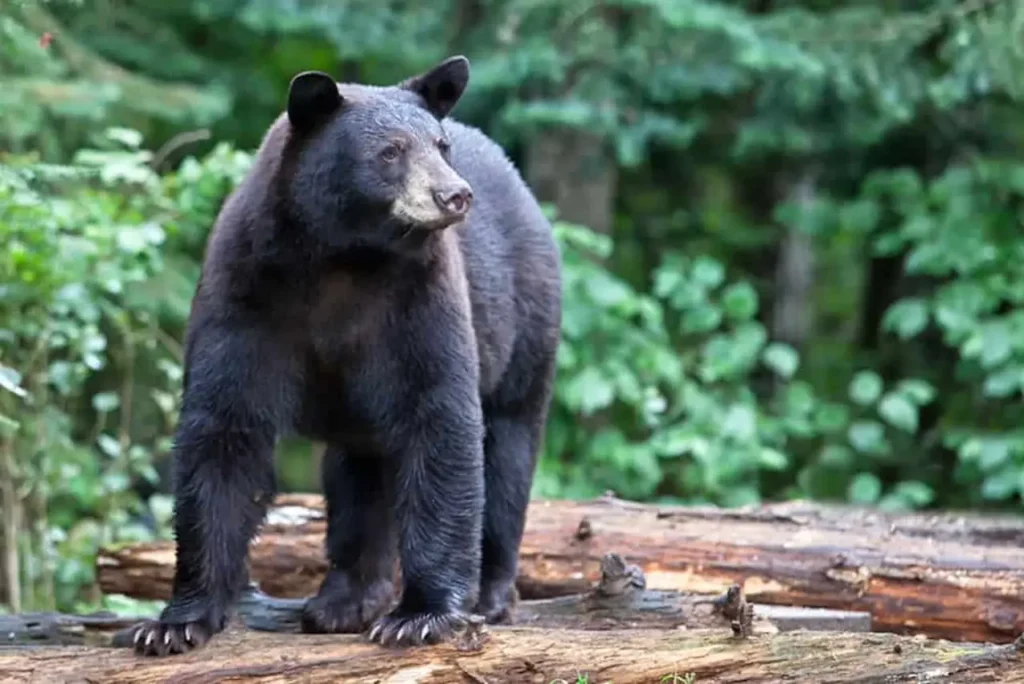
Scenic Drives
Take a leisurely drive along the park’s scenic roads, such as the Newfound Gap Road, the Roaring Fork Motor Nature Trail, or the Cades Cove Loop Road. These routes offer stunning views of the mountains, valleys, and forests, with opportunities to stop at overlooks and historic sites.
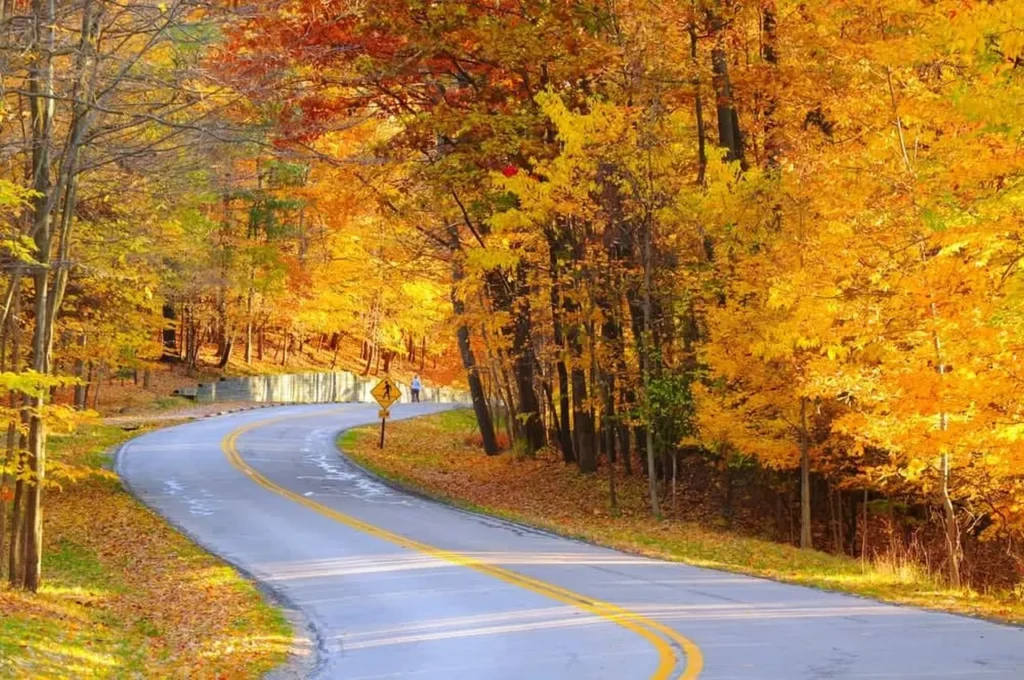
Photography
With its natural beauty and abundant wildlife, Great Smoky Mountains National Park is a paradise for photographers. Capture breathtaking landscapes, waterfalls, wildflowers, and the unique atmospheric conditions that create the park’s famous misty haze.

Camping
The park offers various camping options, from front country campgrounds with amenities to backcountry camping for a more secluded experience. Spending a night under the stars in the wilderness can be a memorable adventure.
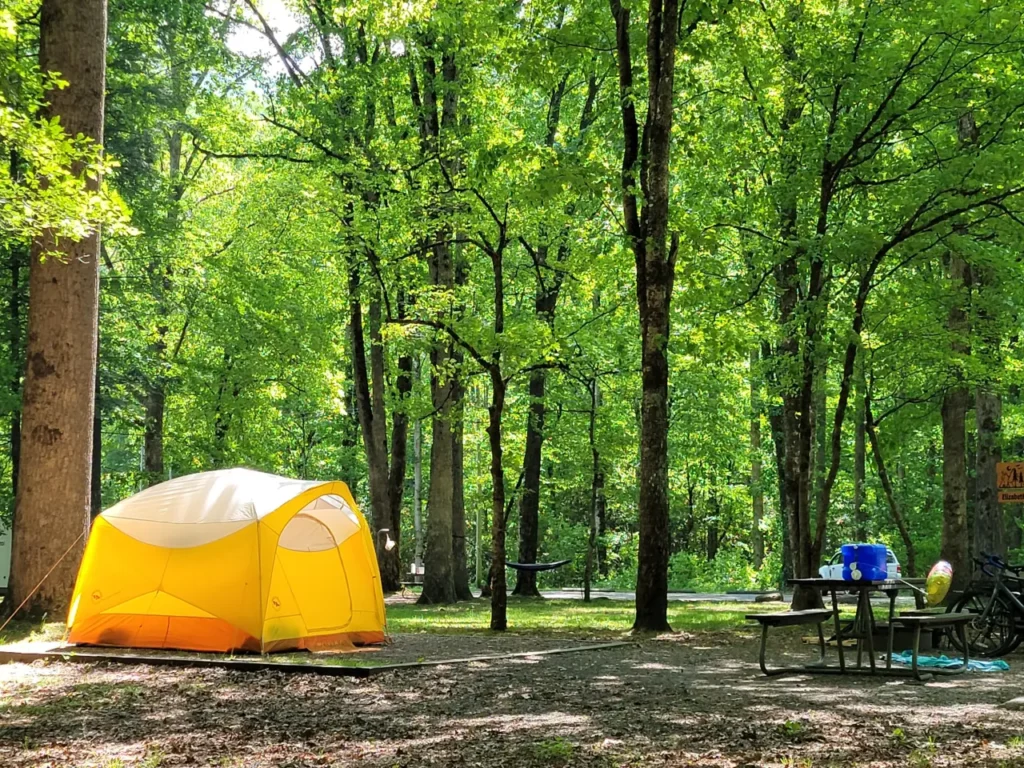
Fishing
Fishing is a popular activity in the park, with over 2,900 miles (4,667 kilometers) of streams that are home to trout and other fish species. You will need a valid fishing license and follow park regulations.
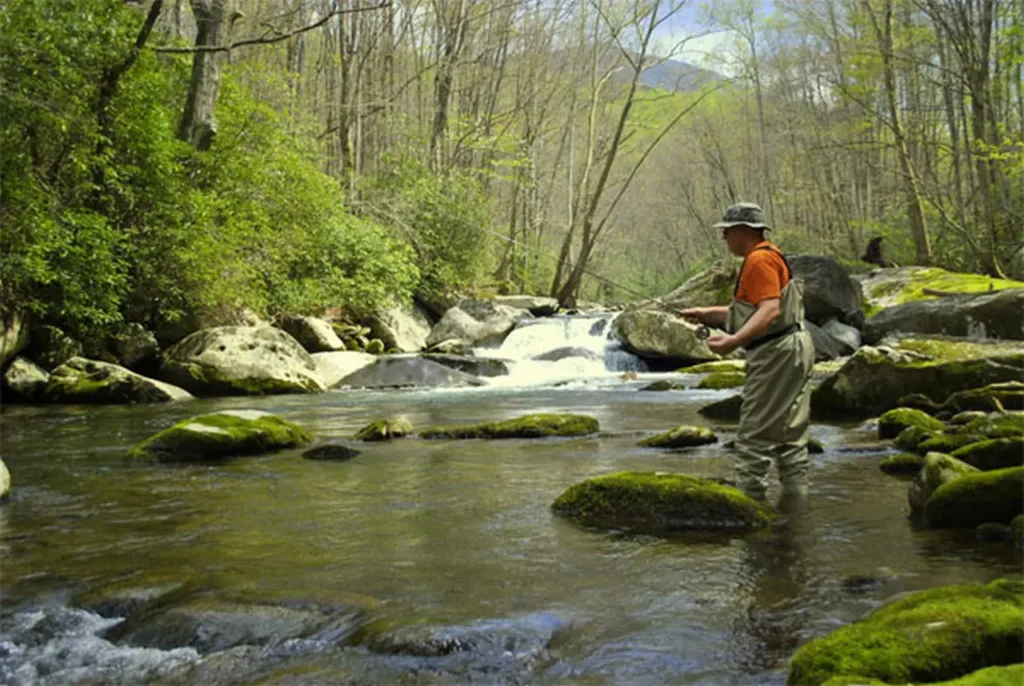
Visitor Centers and Museums
Explore the park’s visitor centers, such as Sugarlands, Oconaluftee, and Clingmans Dome, to learn about the park’s natural and cultural history through exhibits and educational programs. Rangers are available to provide information and answer questions.
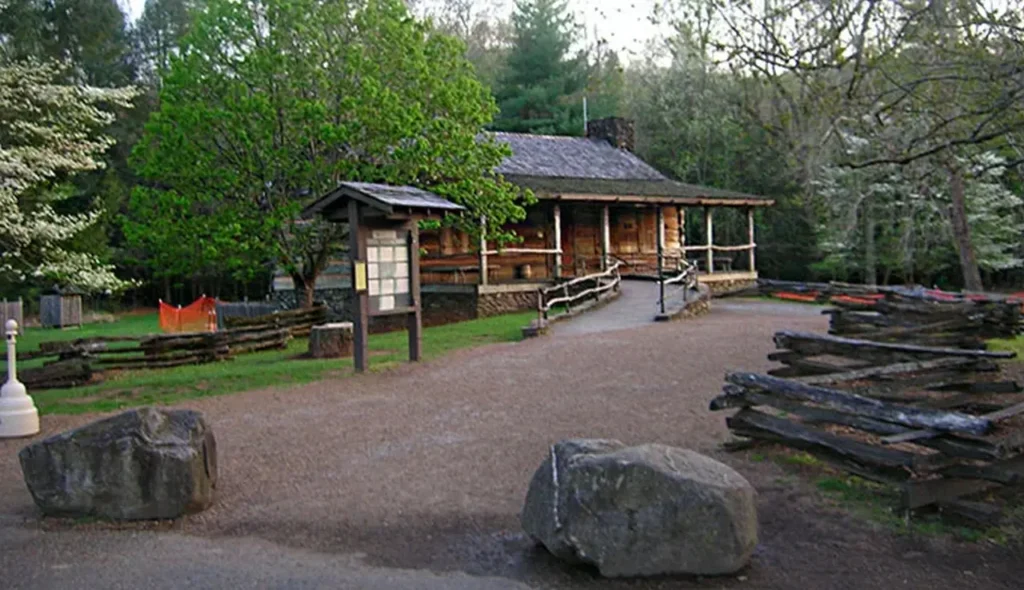
Picnicking
Enjoy a picnic amidst the park’s natural beauty. There are picnic areas scattered throughout the park, providing a peaceful setting to relax, have a meal, and enjoy the surroundings.
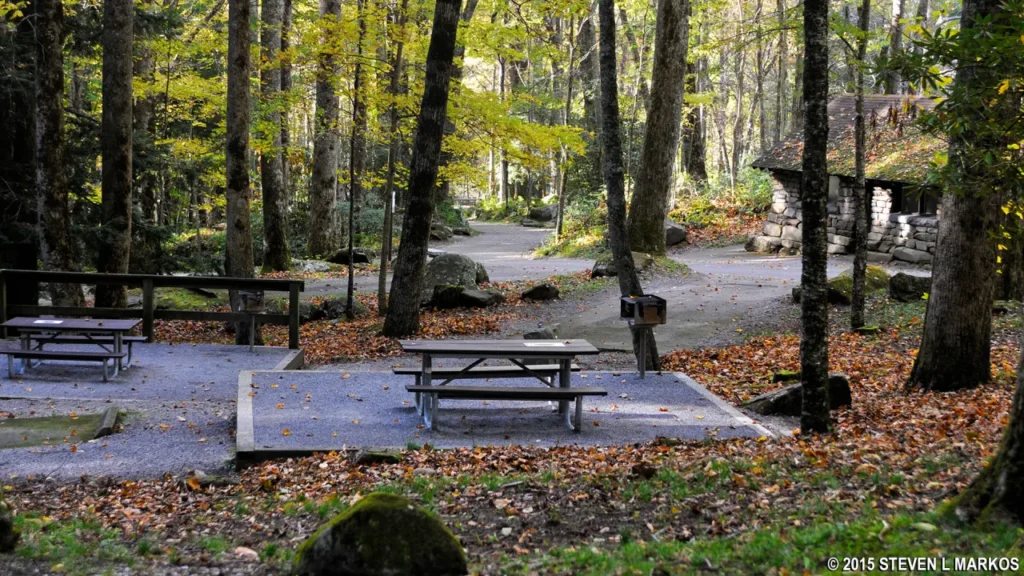
Historical Sites
Visit the historic structures and settlements within the park, such as the preserved buildings at Cades Cove, including churches, log cabins, and a working gristmill. These sites offer a glimpse into the area’s past and cultural heritage.
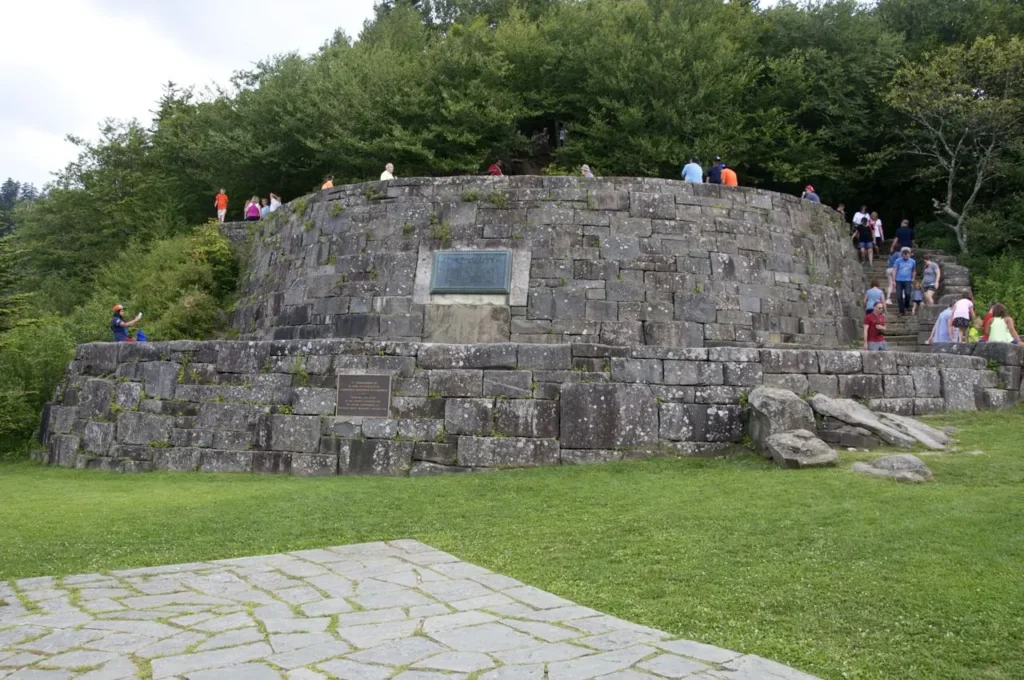
Junior Ranger Program
If you are traveling with children, they can participate in the park’s Junior Ranger program. They can complete activities and earn a badge while learning about the park’s natural resources and conservation.
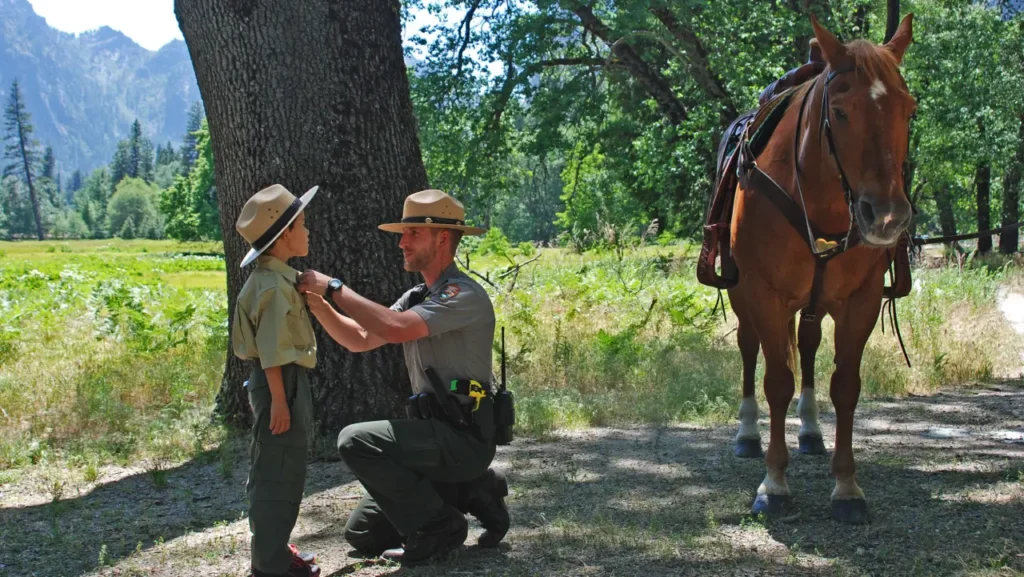
Remember to be prepared when visiting the park, including bringing appropriate gear, water, snacks, and maps. Check the park’s website or visitor centers for updates on trail conditions, closures, and safety guidelines. Respect the natural environment and follow Leave No Trace principles to help preserve the park for future generations.
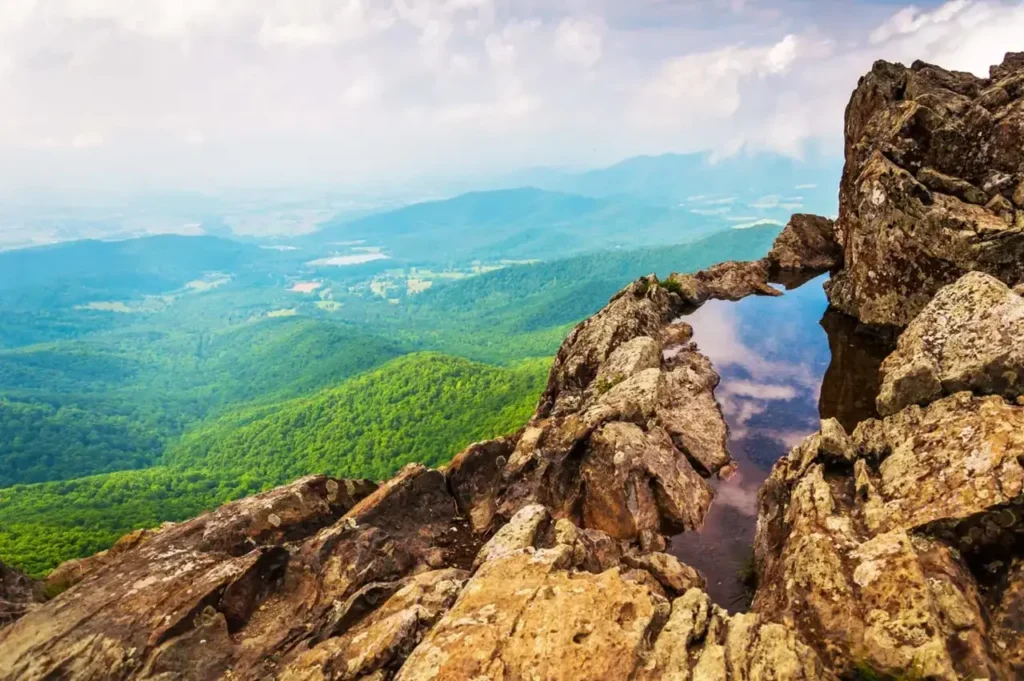
Some notes when visiting Great Smoky Mountains National Park
When visiting Great Smoky Mountains National Park, it’s important to pay attention to several key aspects to ensure a safe and enjoyable experience. Here are some things to keep in min.
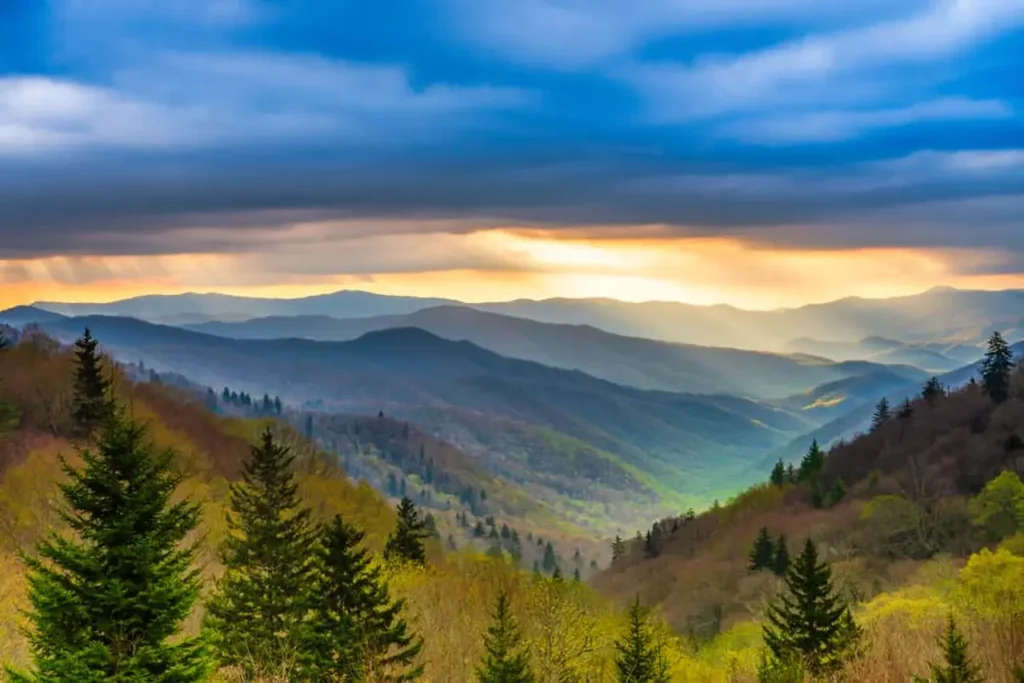
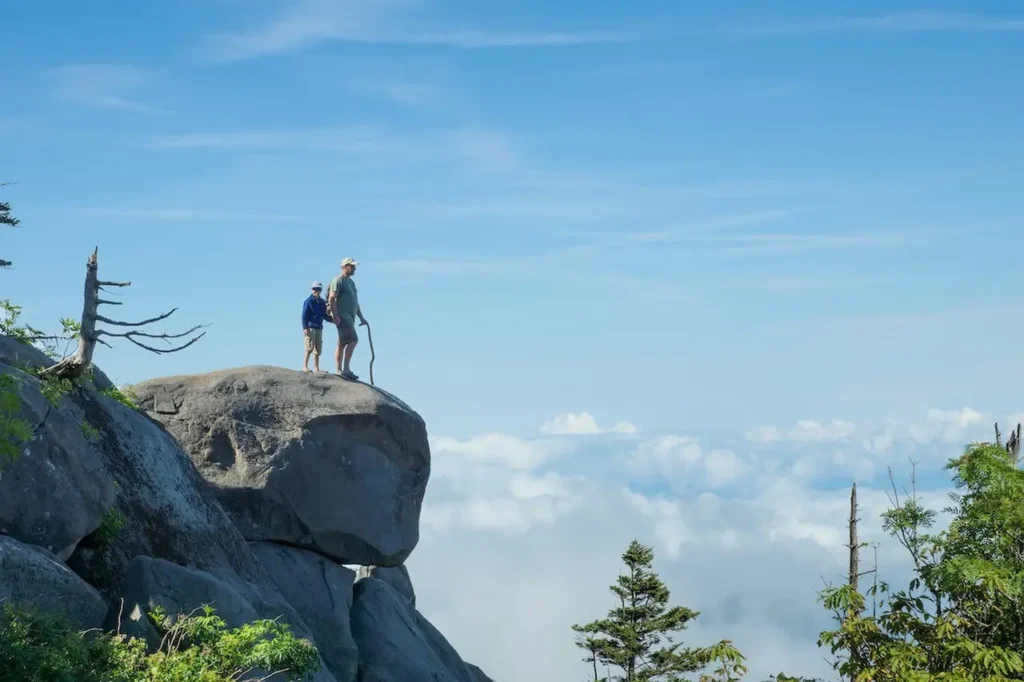
- Safety: Prioritize your safety and that of others. Follow all park regulations and guidelines, including trail closures and safety warnings. Be aware of your surroundings, watch your step on uneven terrain, and stay on designated trails. Remember that wildlife, including bears, are wild animals, so maintain a safe distance and never approach or feed them.
- Weather Conditions: The weather in the Smoky Mountains can be unpredictable. Check the forecast before your visit and be prepared for changes in weather throughout the day. Bring appropriate clothing, including rain gear, and be mindful of weather-related hazards such as slippery trails during rain or snow.
- Trail Conditions: Be aware of the current trail conditions and difficulty levels before embarking on a hike. Some trails may be steep, rocky, or require river crossings. Check for any trail closures, especially during inclement weather or maintenance work. Pay attention to signs, markers, and maps to avoid getting lost.
- Leave No Trace: Practice Leave No Trace principles to help preserve the park’s natural beauty. Carry out all trash, dispose of waste properly, and leave natural and historic objects where you find them. Minimize your impact on the environment by staying on designated trails, avoiding shortcuts, and respecting wildlife and their habitats.
- Bear Safety: Great Smoky Mountains National Park is home to a significant black bear population. Follow bear safety guidelines, such as storing food properly in bear-resistant containers or vehicles, and never leave food unattended. If you encounter a bear, maintain a safe distance, do not approach, and make noise to alert them to your presence.
- Traffic and Parking: The park can experience high visitor traffic, especially during peak seasons. Plan your visit accordingly and arrive early to secure parking at popular trailheads and attractions. Consider using the park’s shuttle service, where available, to reduce traffic congestion and parking difficulties.
- Visitor Centers and Rangers: Take advantage of the park’s visitor centers and consult with park rangers for up-to-date information, trail conditions, and recommendations. Rangers can provide guidance on hiking, wildlife, safety, and any alerts or closures within the park.
- Camping and Permits: If you plan to camp in the park, familiarize yourself with the camping regulations and obtain any necessary permits. Backcountry camping requires a permit, which can be obtained from the park’s visitor centers. Follow all camping guidelines to minimize your impact on the environment.
- Respect Others: Be considerate of fellow visitors and the local community. Follow park rules and guidelines, respect private property, and maintain a peaceful and respectful atmosphere. Keep noise levels low, especially during early morning and late evening hours.
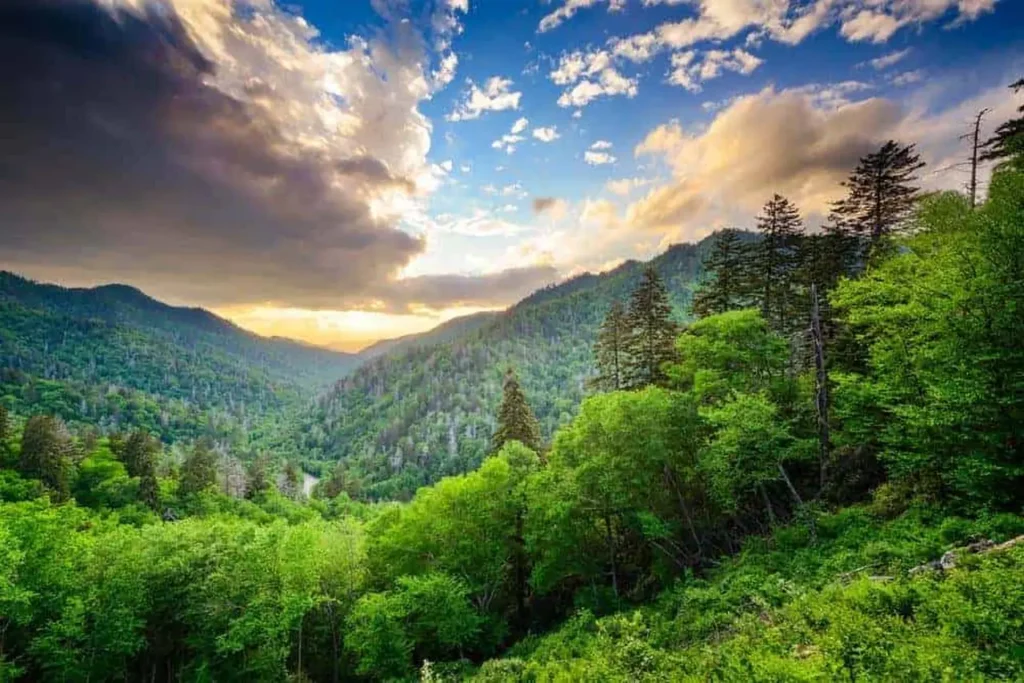
By being mindful of these aspects, you can have a safe and responsible visit to Great Smoky Mountains National Park while ensuring the preservation of its natural resources for future generations to enjoy.
When is the best time to visit Great Smoky Mountains National Park
The best time to visit Great Smoky Mountains National Park depends on your preferences and the activities you wish to engage in. Here’s an overview of the different seasons and what they offe.
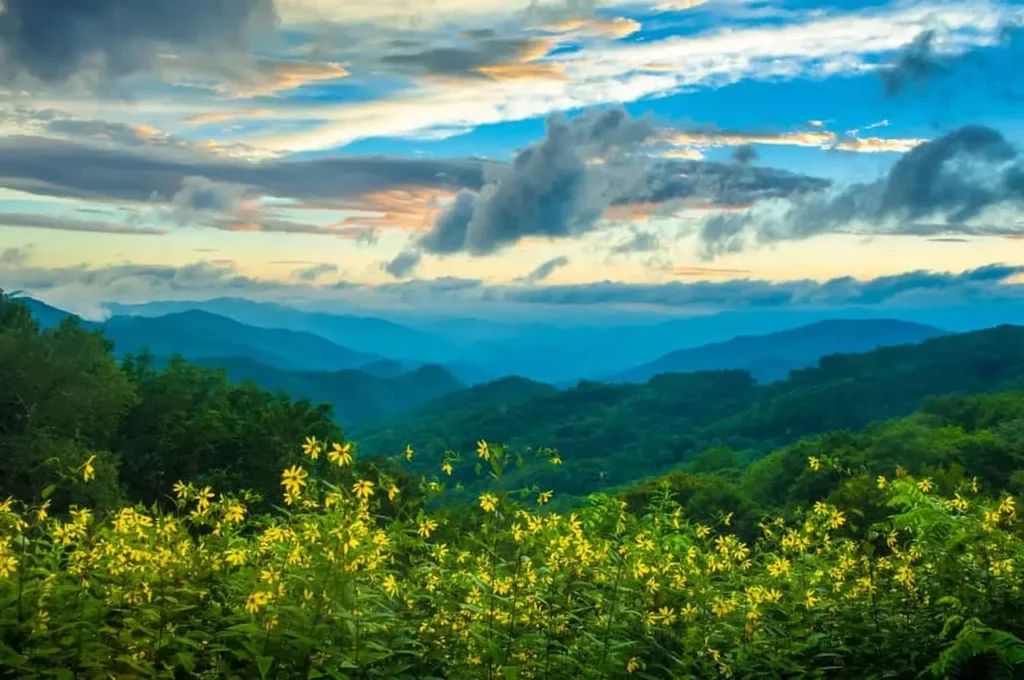
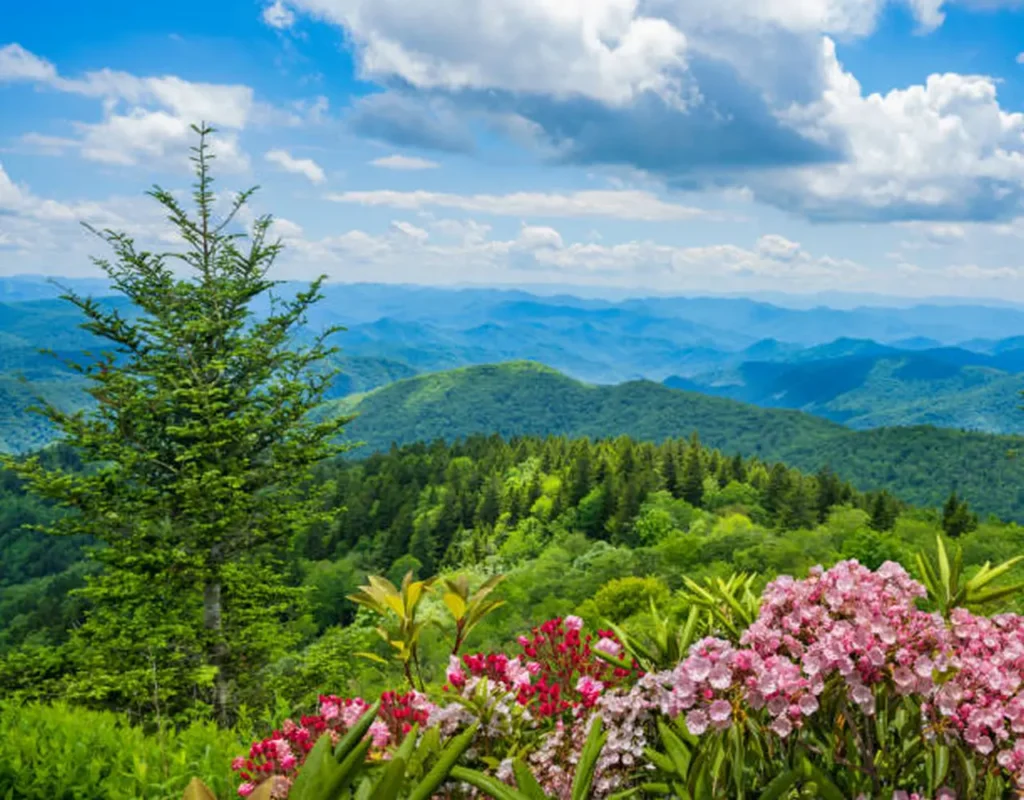
- Spring (March to May): Springtime brings mild temperatures, blooming wildflowers, and budding trees. It’s an ideal time for hiking and enjoying the park’s natural beauty. However, be aware that rain showers are common during this season.
- Summer (June to August): Summers in the Smoky Mountains can be hot and humid, especially at lower elevations. Higher elevations provide relief from the heat. Summer offers longer daylight hours, allowing for more time to explore the park’s trails and engage in activities like camping and fishing. It’s the peak tourist season, so popular areas can be crowded.
- Fall (September to November): Fall is considered the highlight season in the Smoky Mountains. The foliage transforms into vibrant hues of red, orange, and yellow, creating breathtaking landscapes. This is a popular time for visitors who come to witness the fall colors. It’s recommended to plan your visit in late October or early November for the best chance of experiencing peak foliage.
- Winter (December to February): Winter in the park is characterized by colder temperatures, especially at higher elevations where snow is common. The park’s scenic beauty takes on a different charm during this time, with snow-capped mountains and frozen waterfalls. Winter is a quieter season with fewer visitors, making it a great time for solitude and peacefulness. However, some roads, trails, and facilities may be closed or have limited access due to winter conditions.
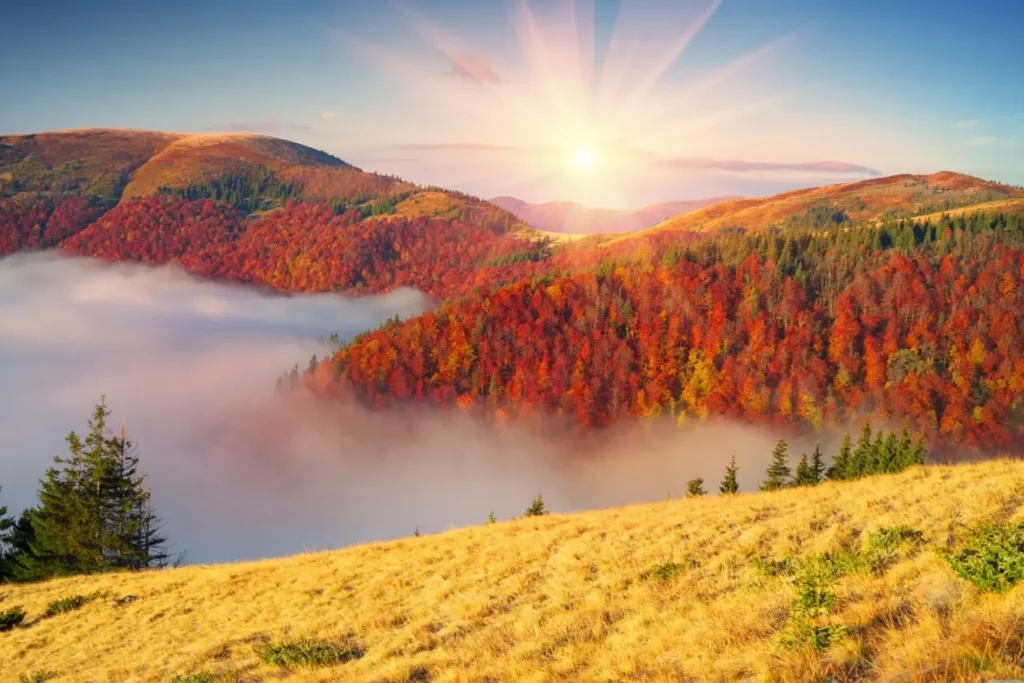
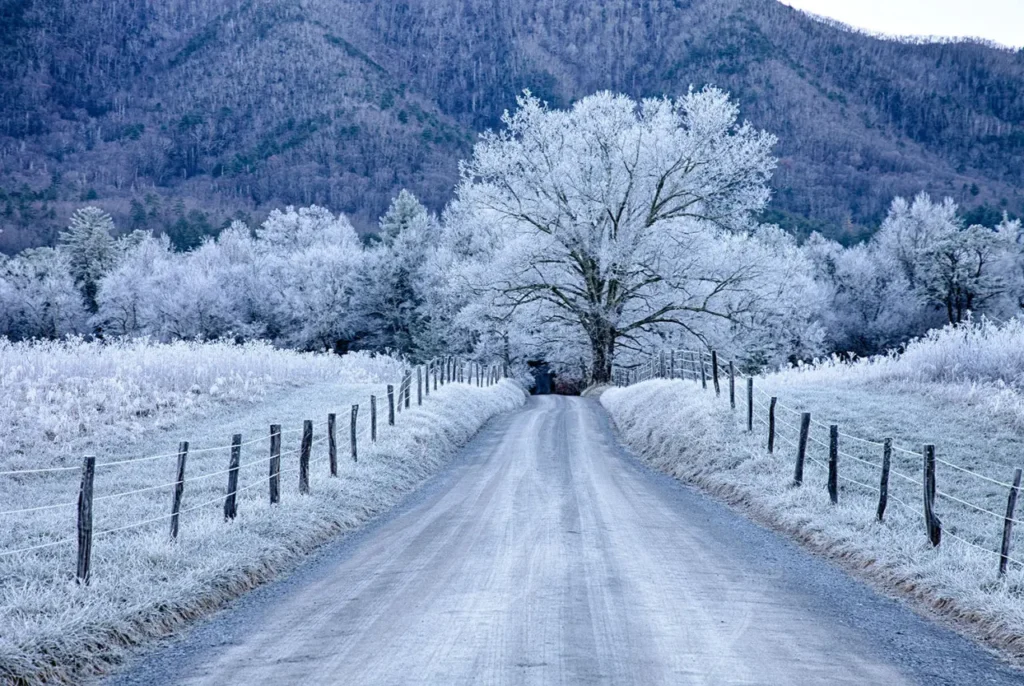
It’s important to note that weather conditions can vary, and it’s always advisable to check the park’s website or contact the visitor centers for up-to-date information on road closures, trail conditions, and weather forecasts.
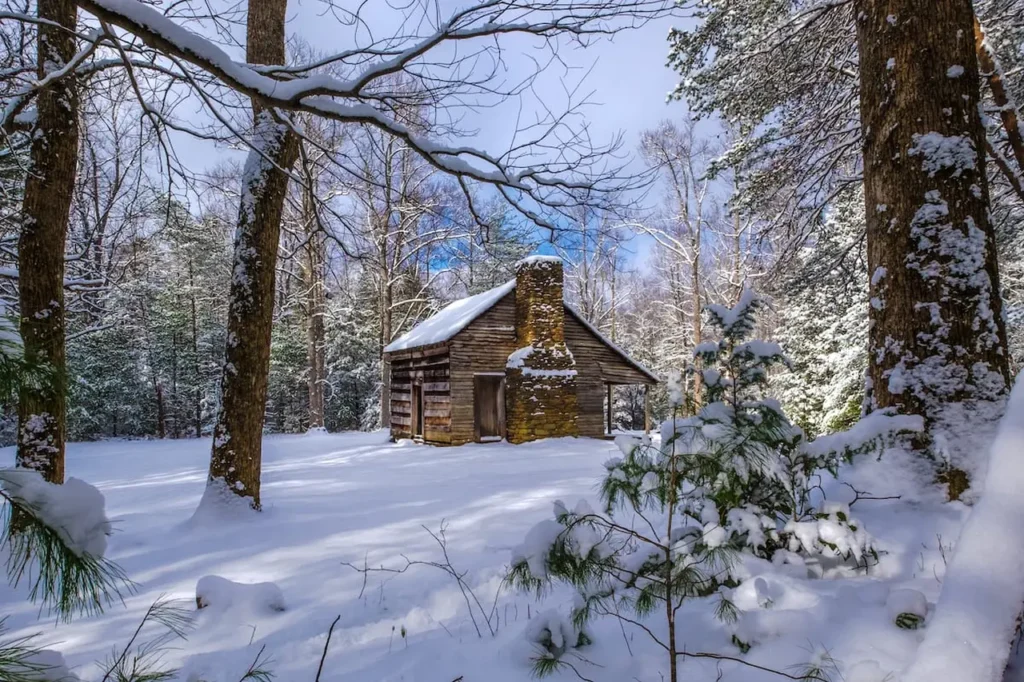
Ultimately, the best time to visit depends on your personal preferences, whether you want to experience the vibrant fall foliage, enjoy mild spring temperatures, or find solitude in the winter. Consider your desired activities, the crowds you are comfortable with, and the type of scenery you wish to see when choosing the best time for your visit.
How to get to Great Smoky Mountains National Park
Great Smoky Mountains National Park is located in both Tennessee and North Carolina in the southeastern United States. Here are some common transportation options to reach the park
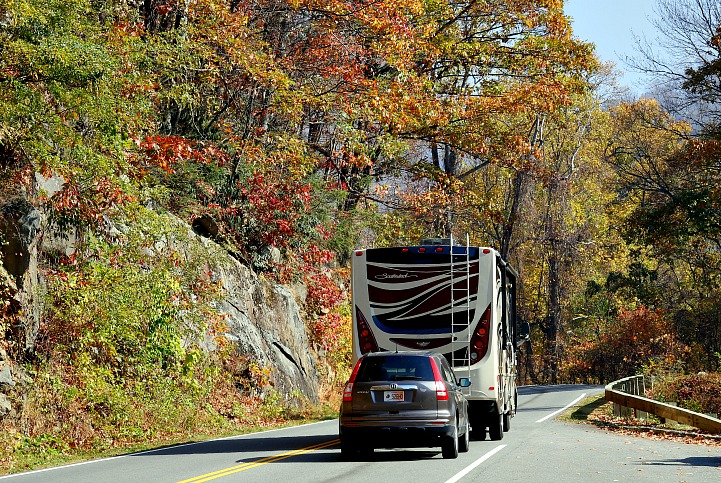
By Car: From the North: Take Interstate 40 to Exit 407 and follow State Route 66 South, which leads to the park’s northern entrance near Gatlinburg, Tennessee. From the South: Take Interstate 40 to Exit 443 and follow U.S. Route 441 into the park’s southern entrance near Cherokee, North Carolina.
By Air: The closest major airports to the park are McGhee Tyson Airport (TYS) in Knoxville, Tennessee, and Asheville Regional Airport (AVL) in Asheville, North Carolina. Both airports offer rental car services. From the airport, you can rent a car and drive to the park using the directions mentioned above.
By Bus: The park does not have direct bus service, but Greyhound and other bus companies provide service to Knoxville, Tennessee, and Asheville, North Carolina. From there, you can rent a car or take a shuttle service to the park.
Shuttle Service: During the peak season (spring through fall), the park operates a shuttle service called the Gatlinburg Trolley that runs along the main strip in Gatlinburg, Tennessee, and provides transportation to the park’s entrance and nearby attractions. Additionally, private companies offer shuttle services from Gatlinburg and surrounding areas to popular trailheads and attractions within the park.
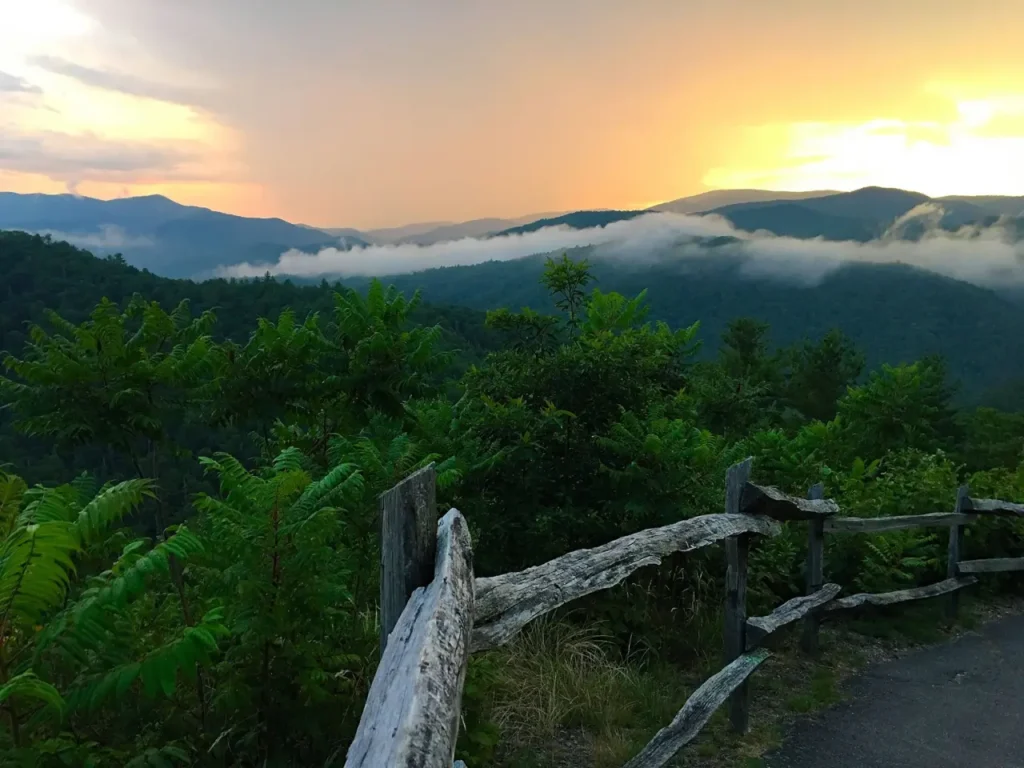
Once you arrive at the park, there are several visitor centers located at key entrances where you can obtain maps, information, and assistance from park rangers.
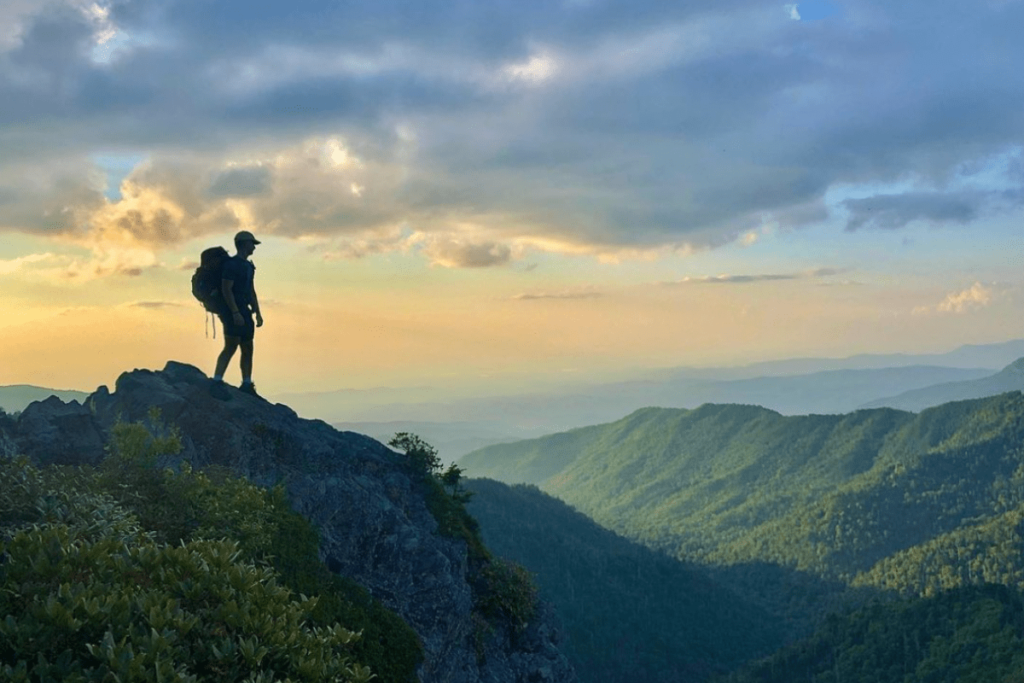
It’s important to note that some areas within the park have limited cell phone reception, so it’s advisable to have a map or navigation system and be prepared with directions beforehand.
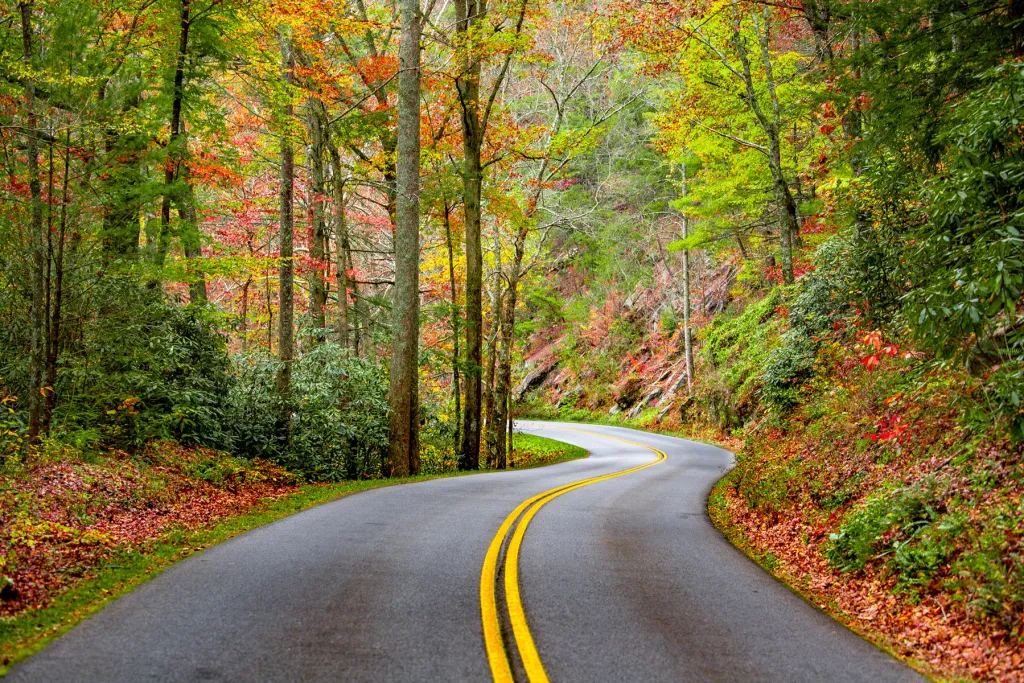
Exploring Great Smoky Mountains National Park will allow you to fully immerse yourself in the beauty and rich heritage of the park. Please visit our website for more other interesting discoveries!




